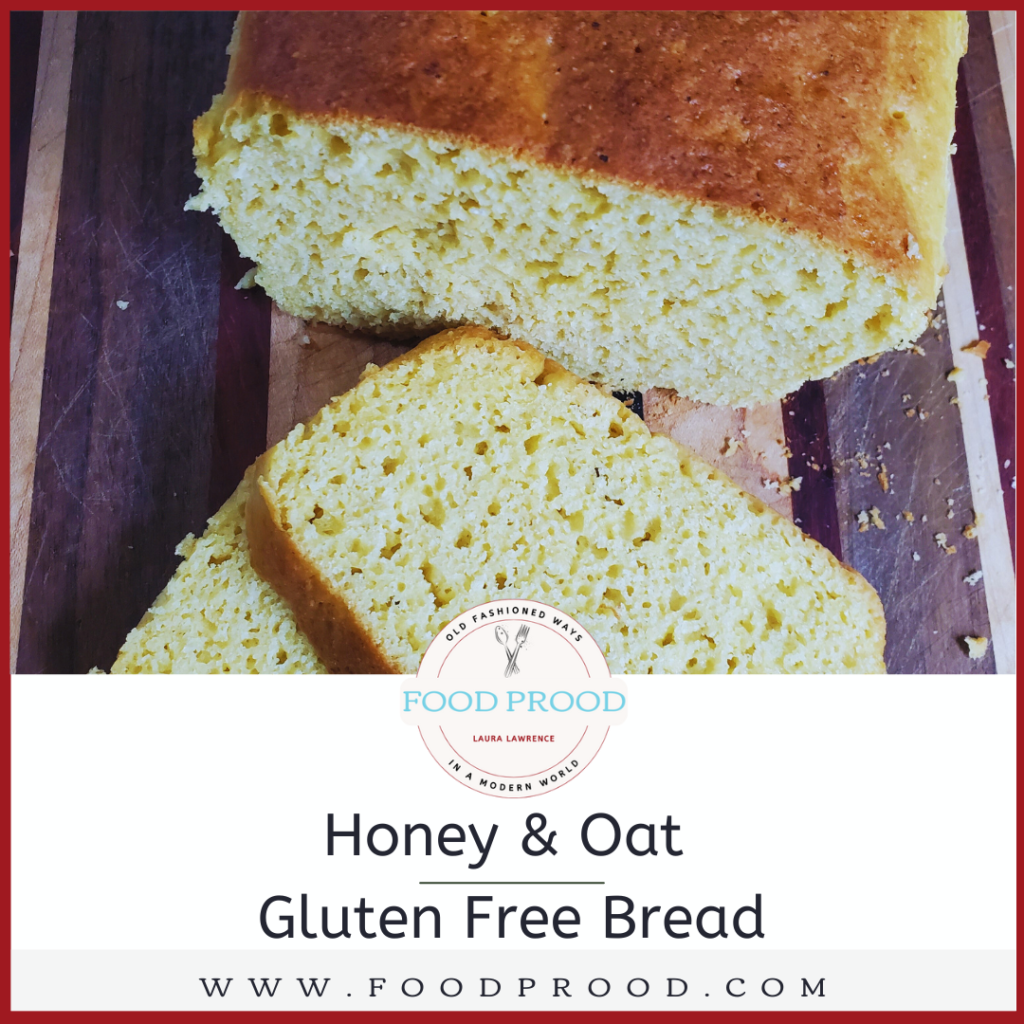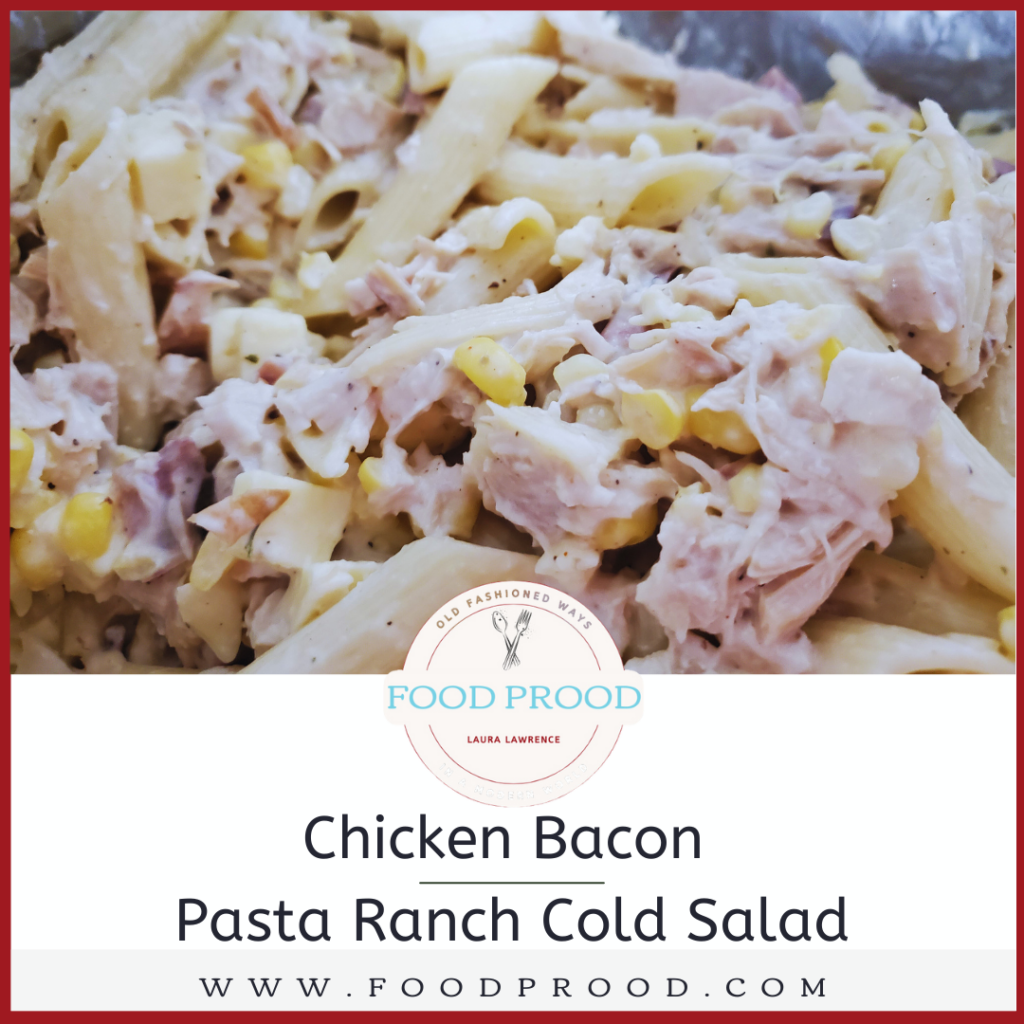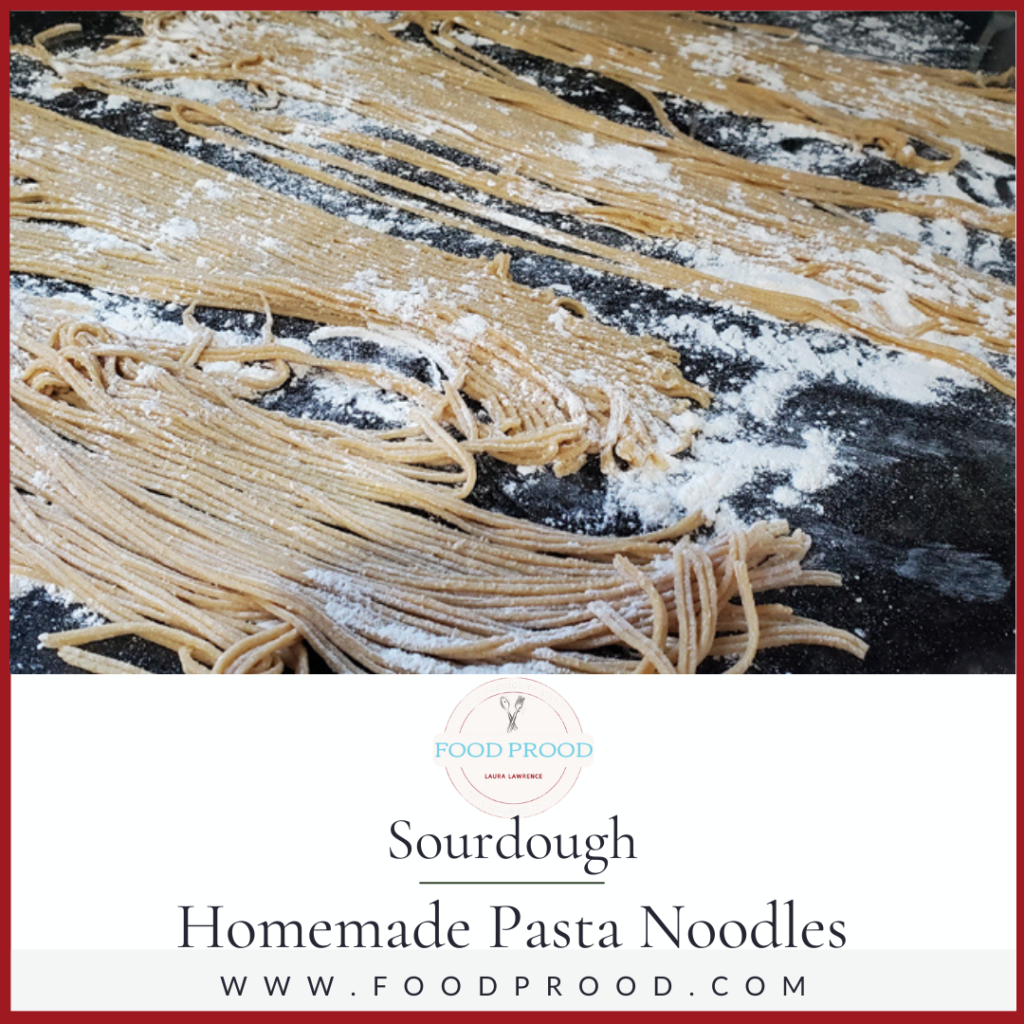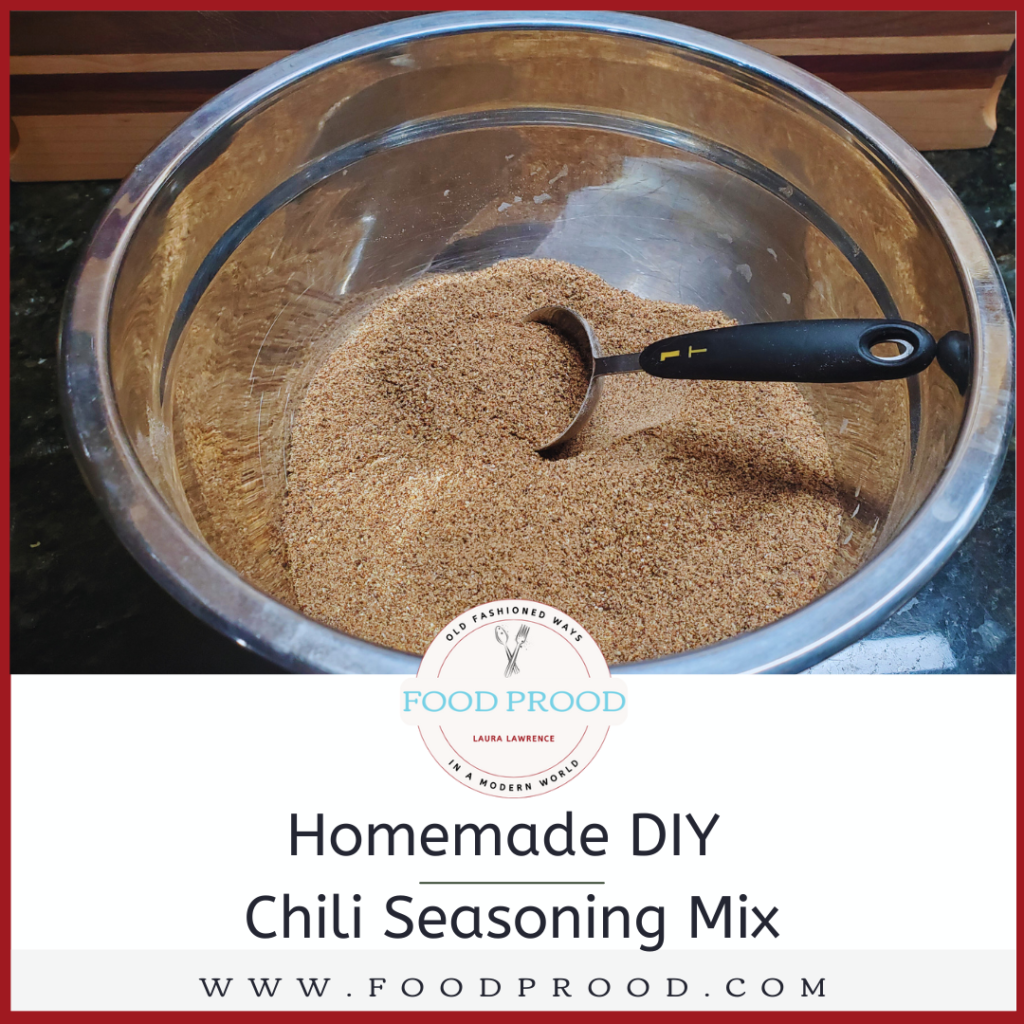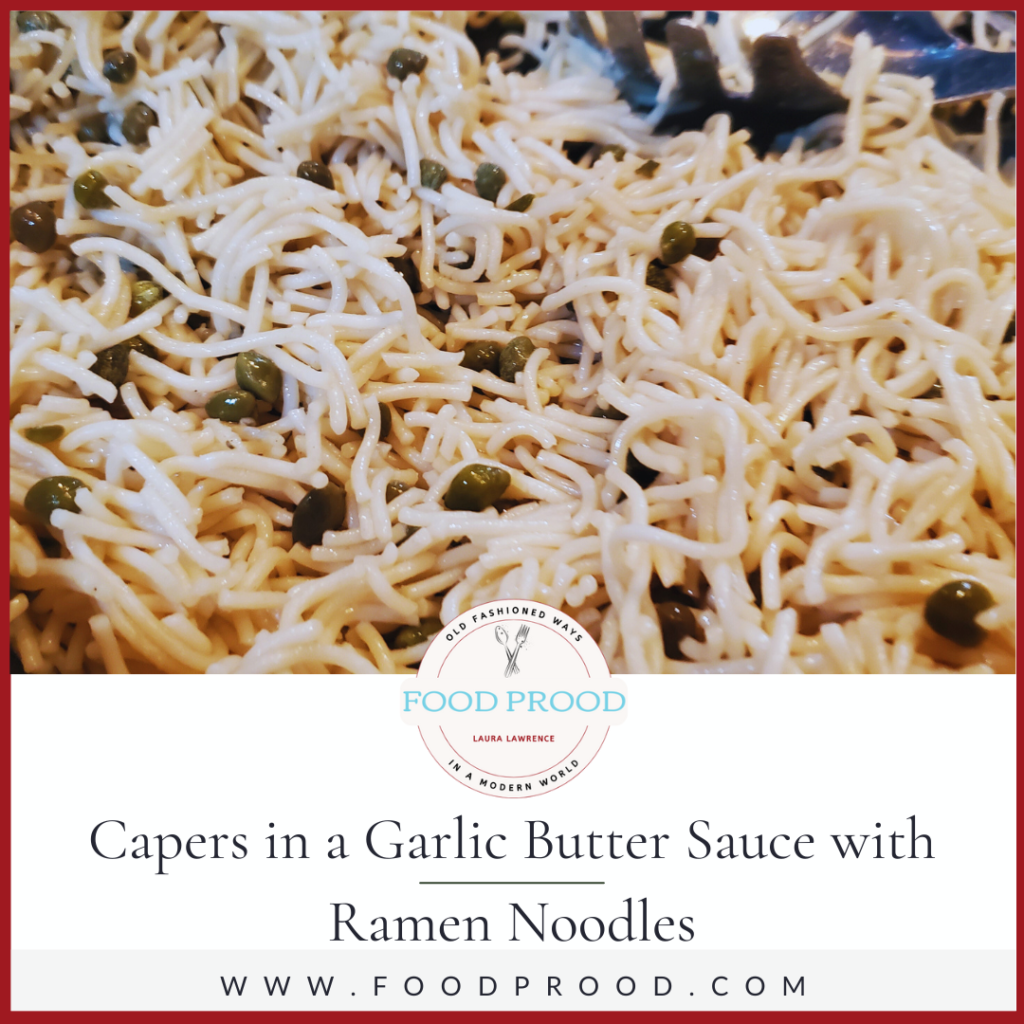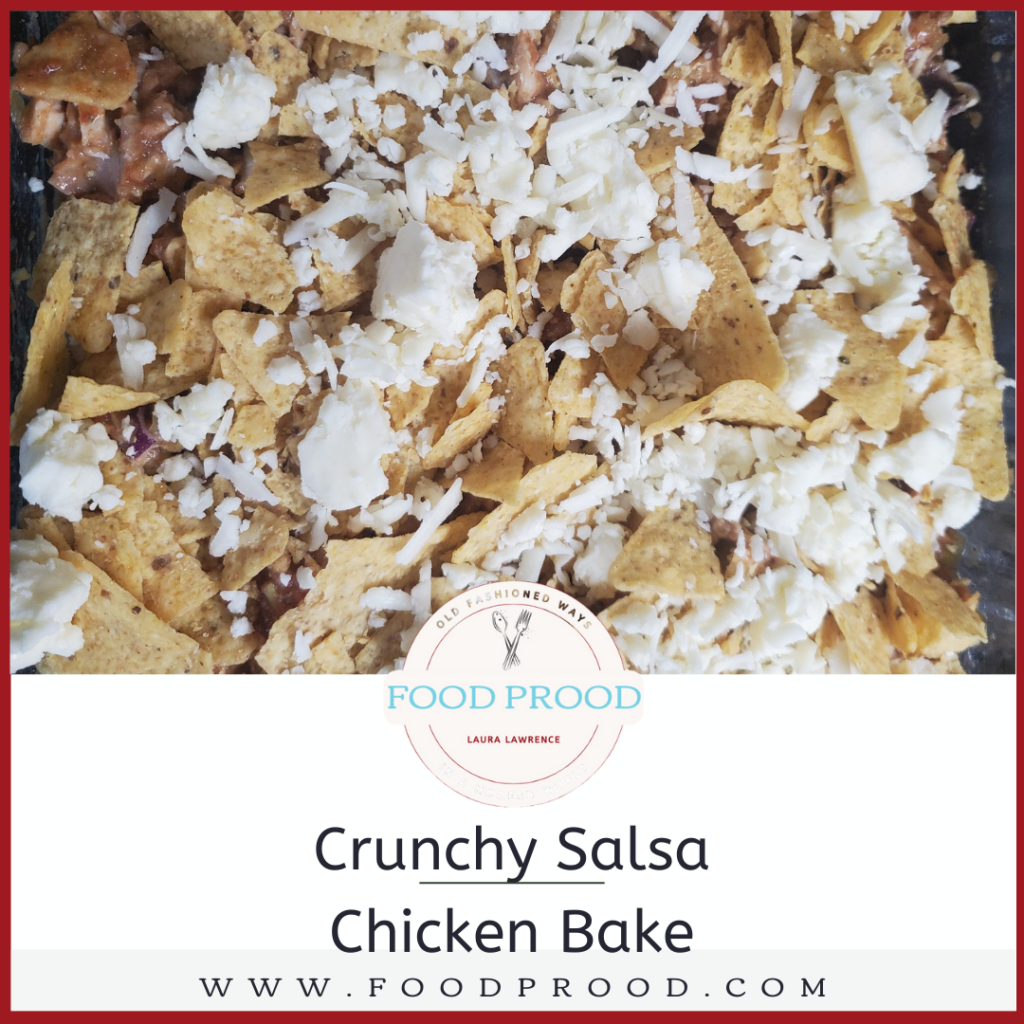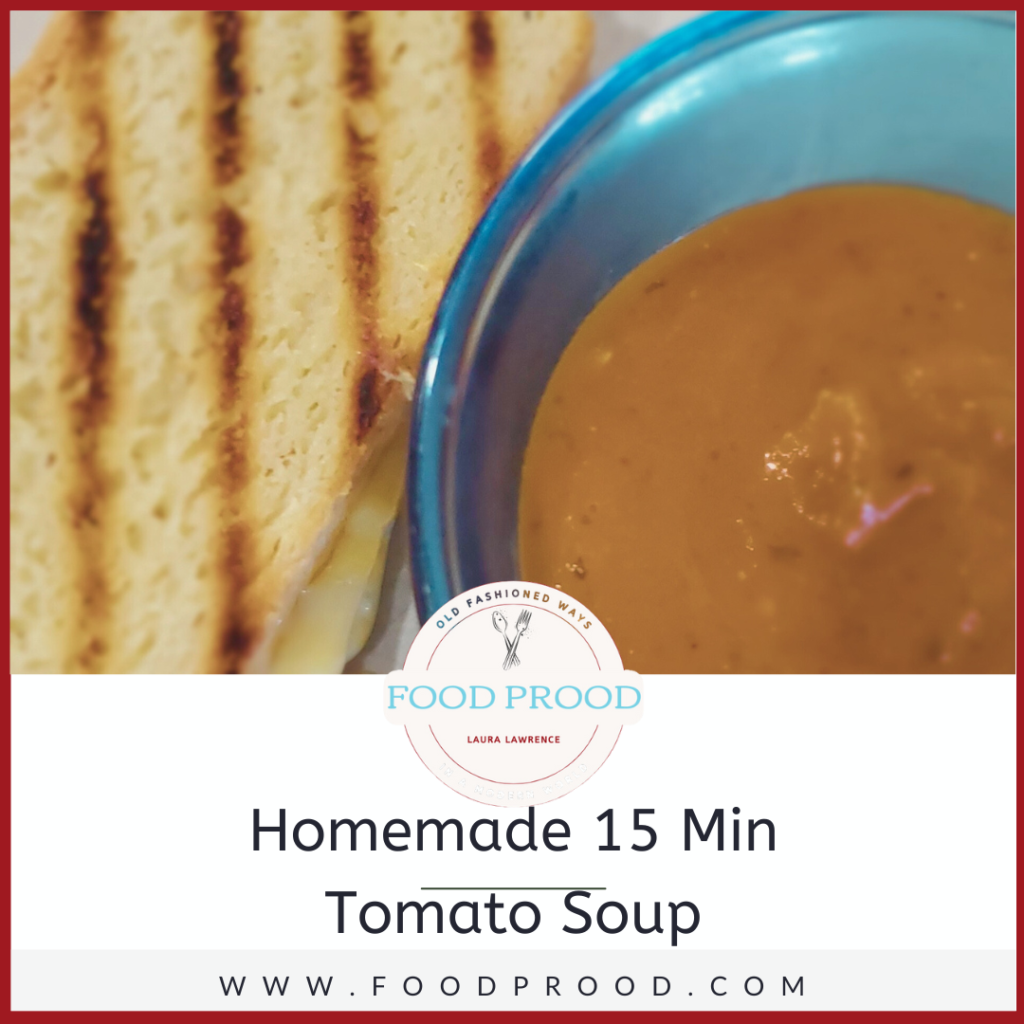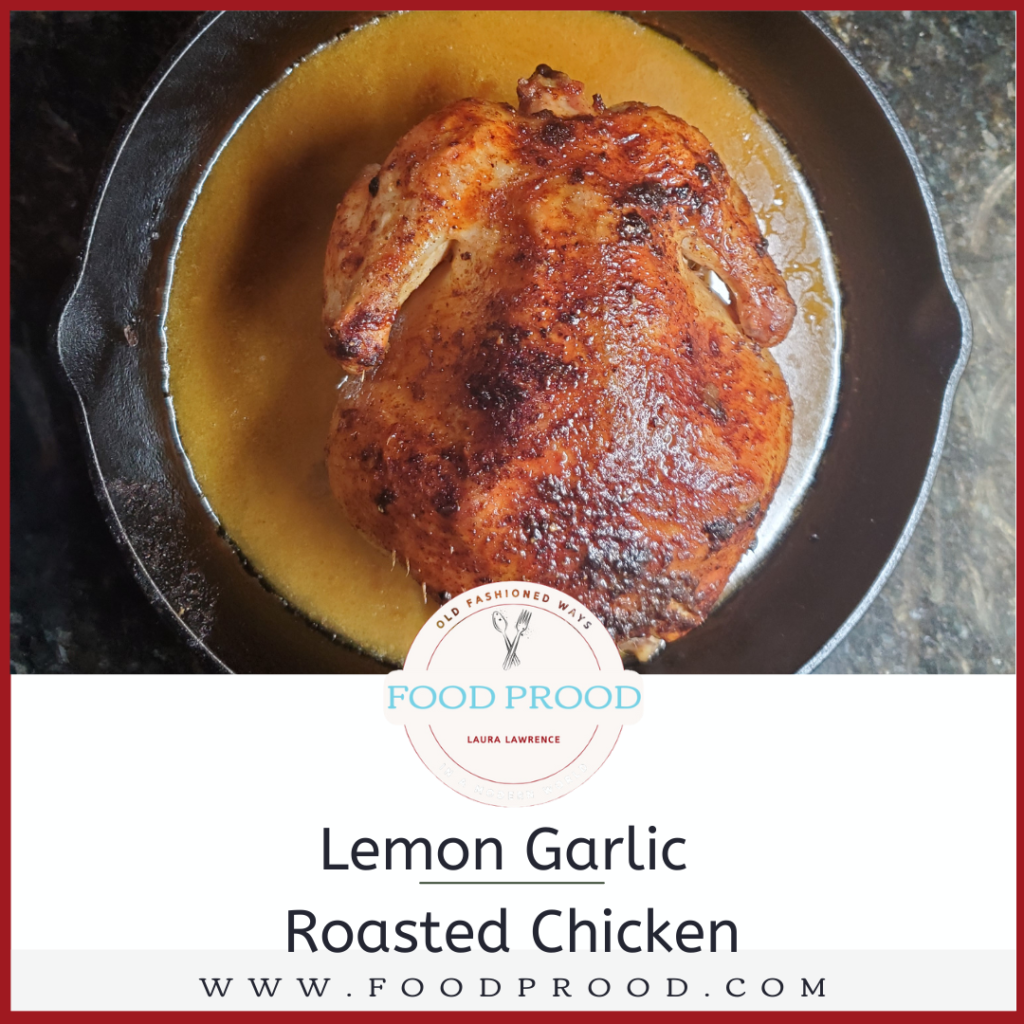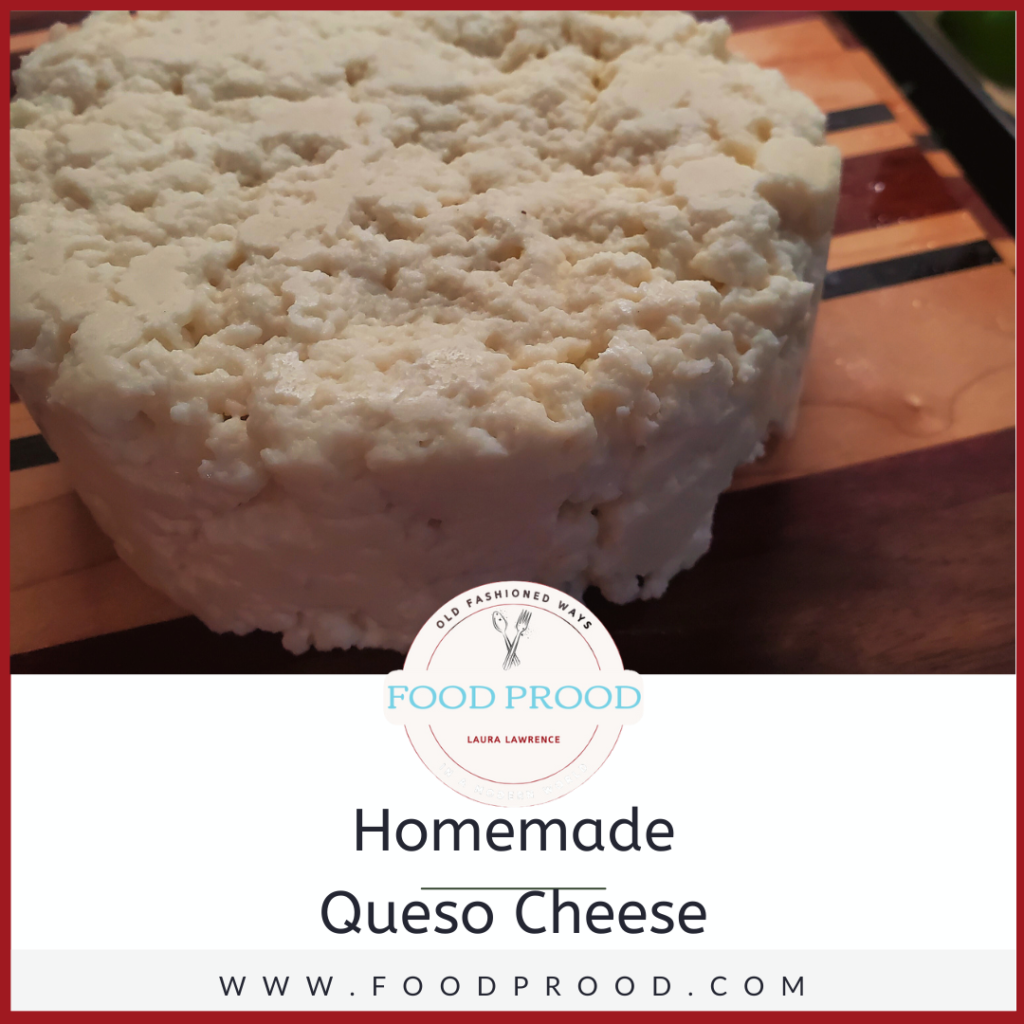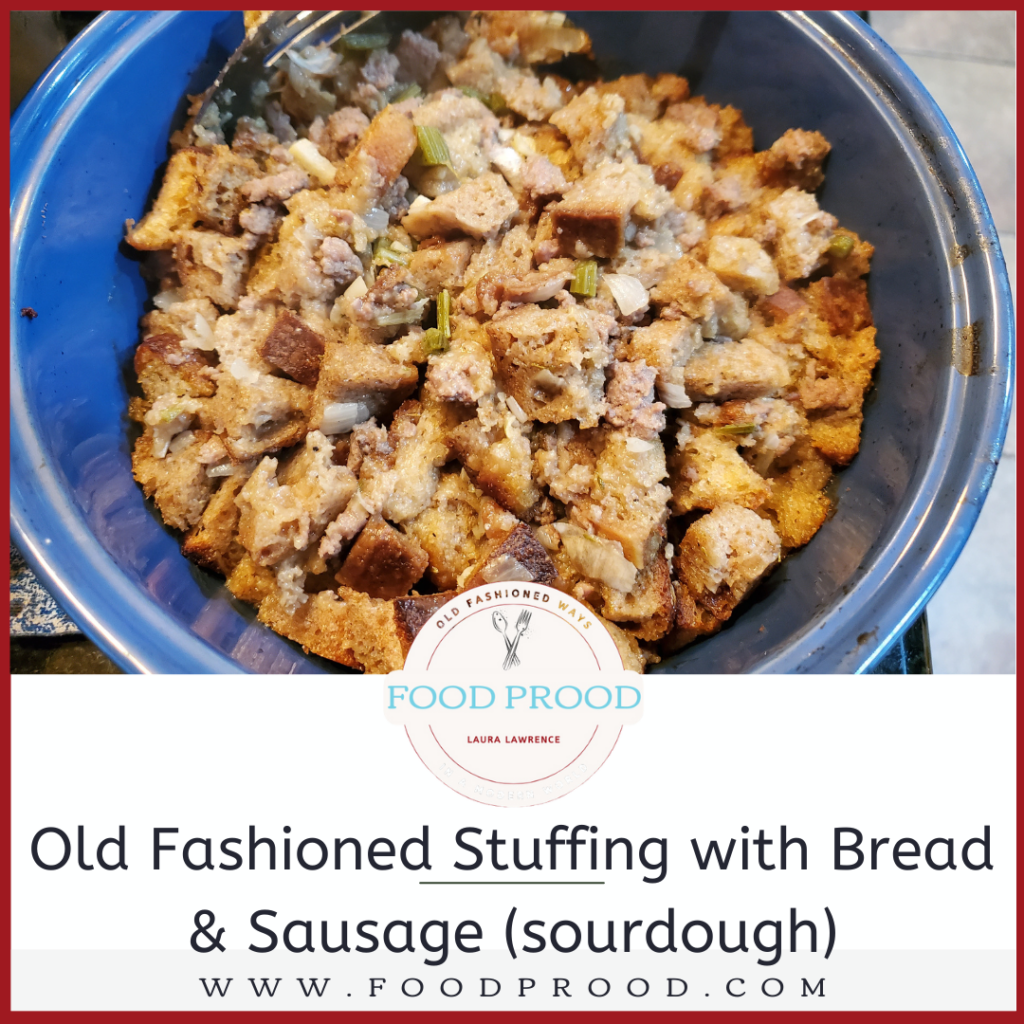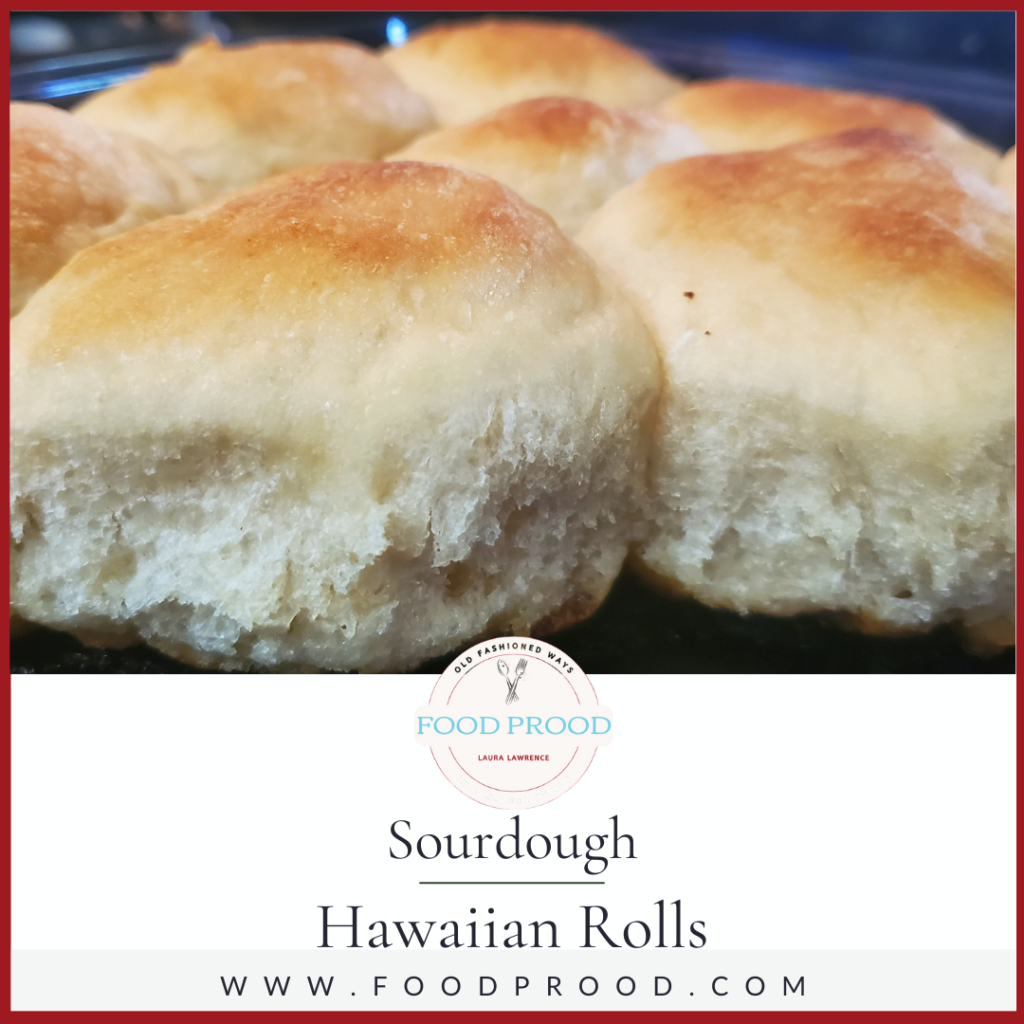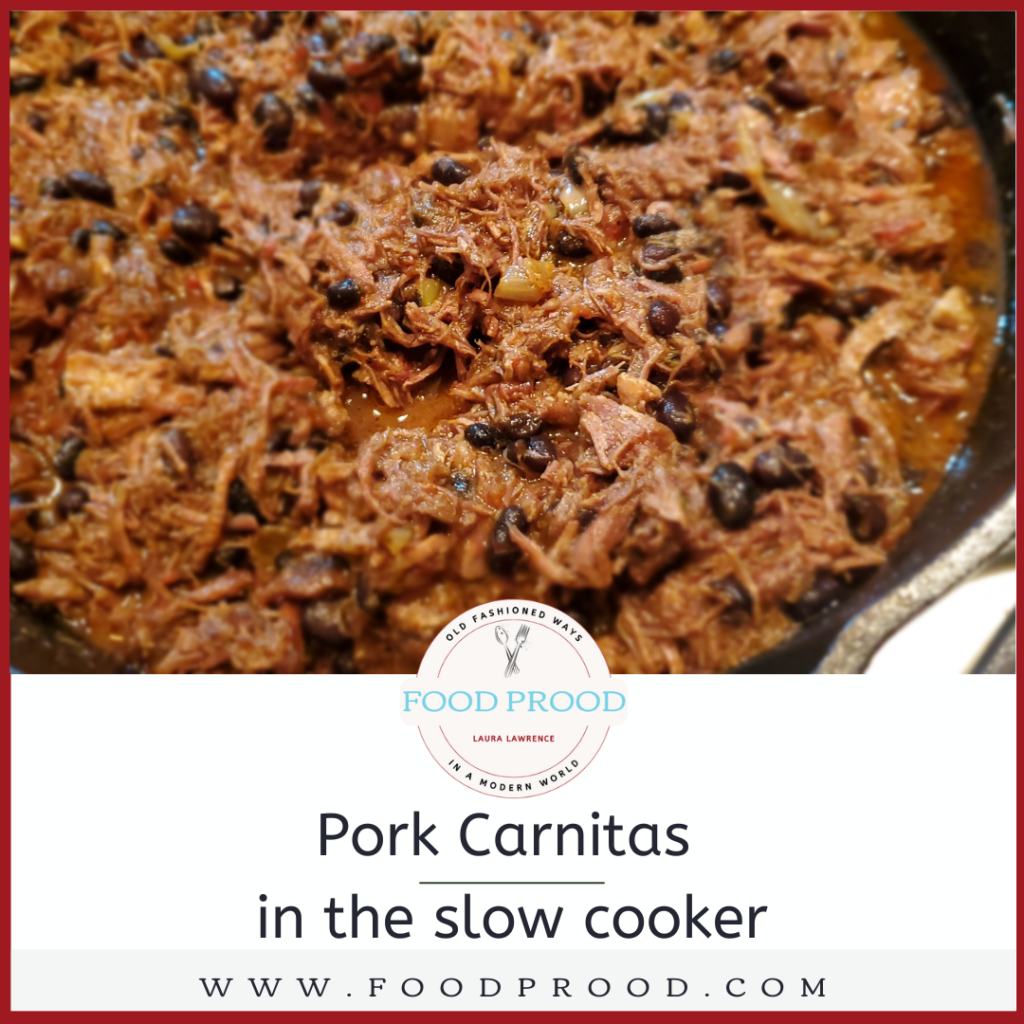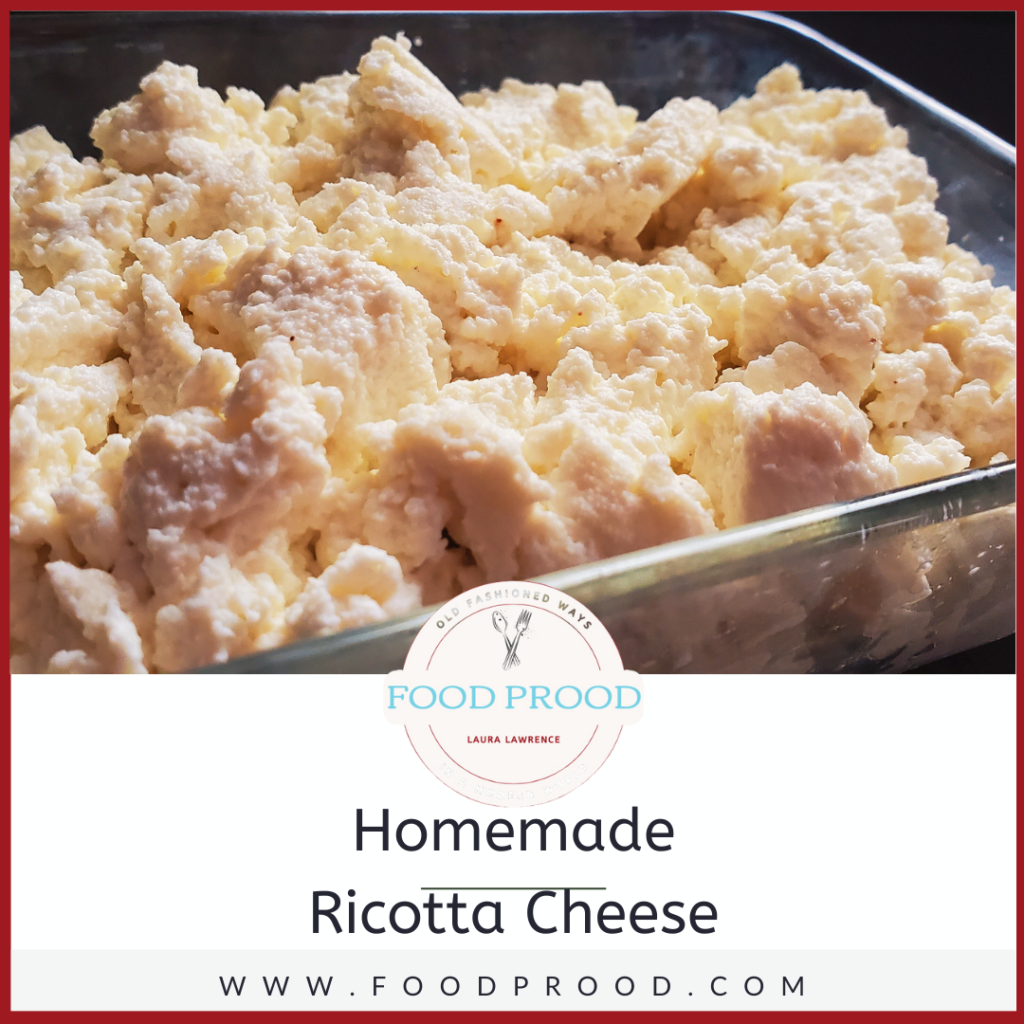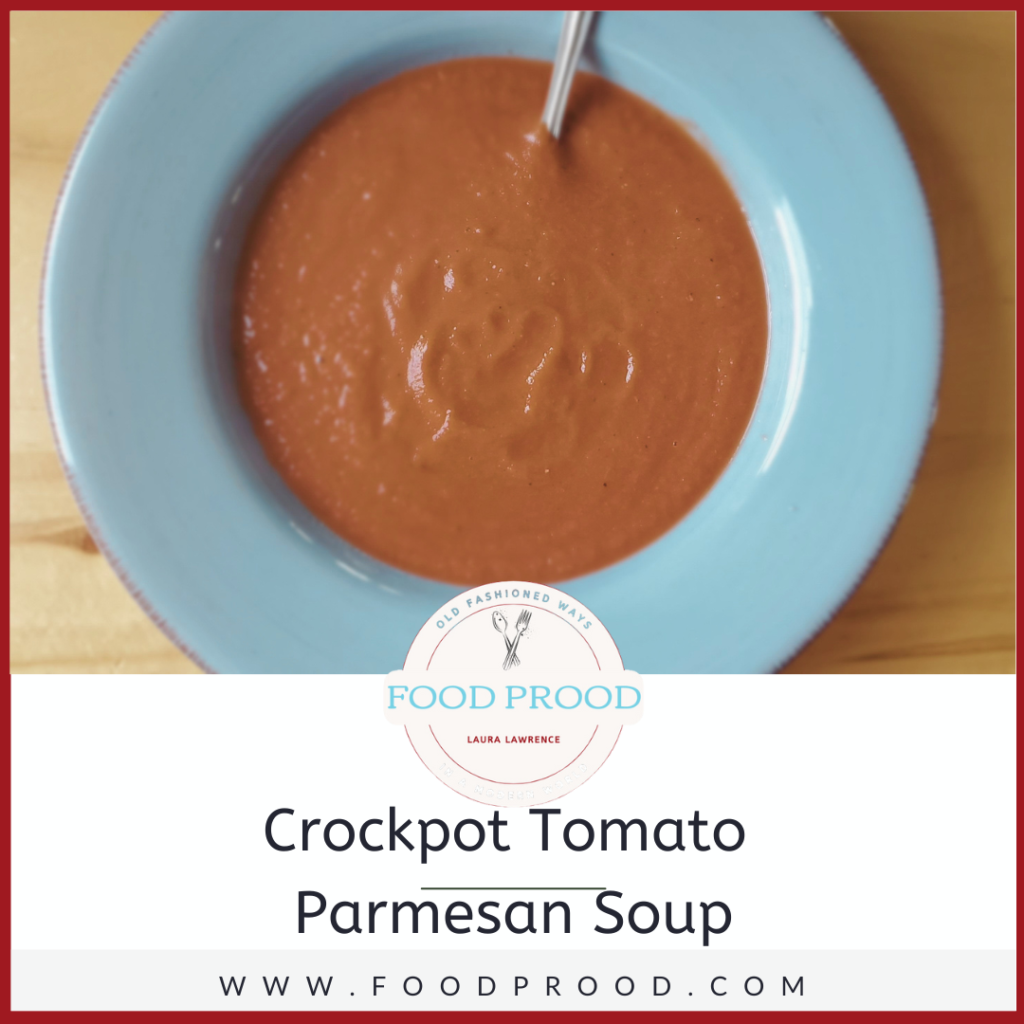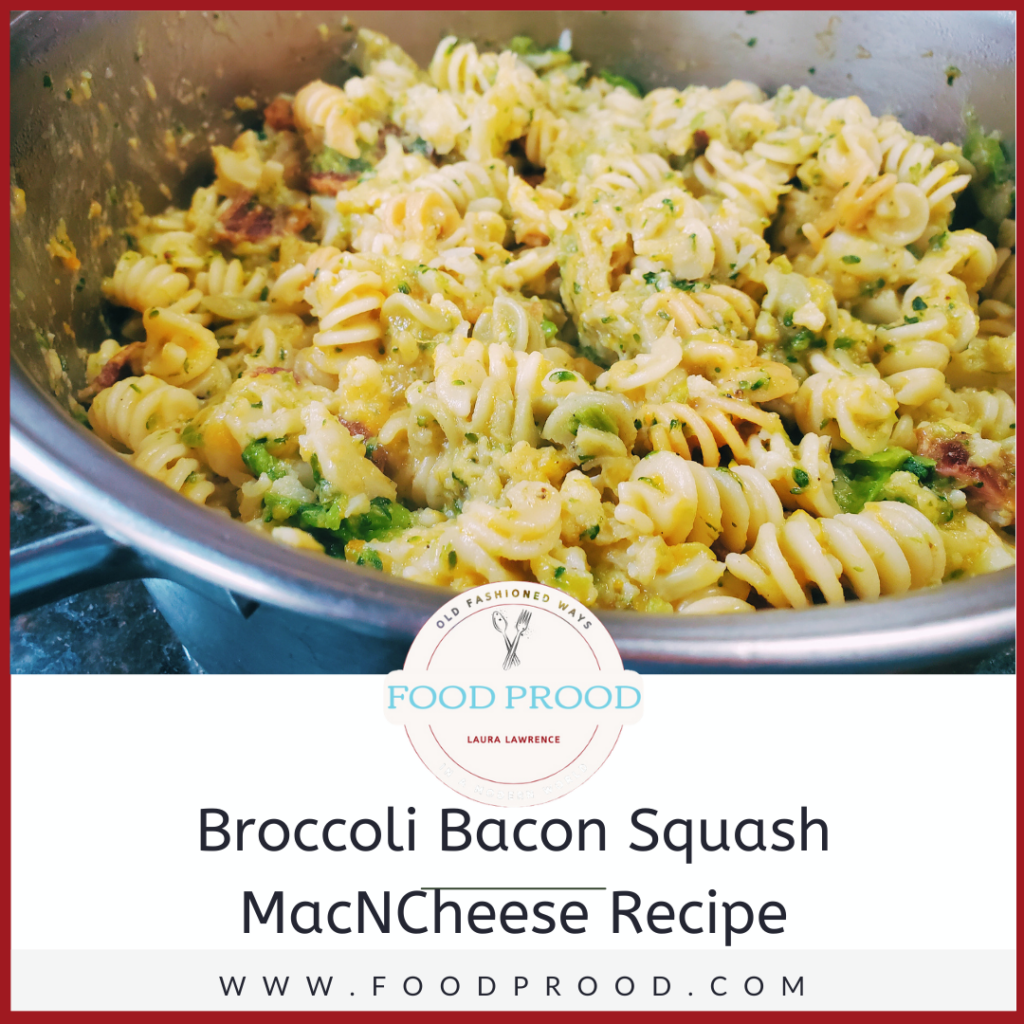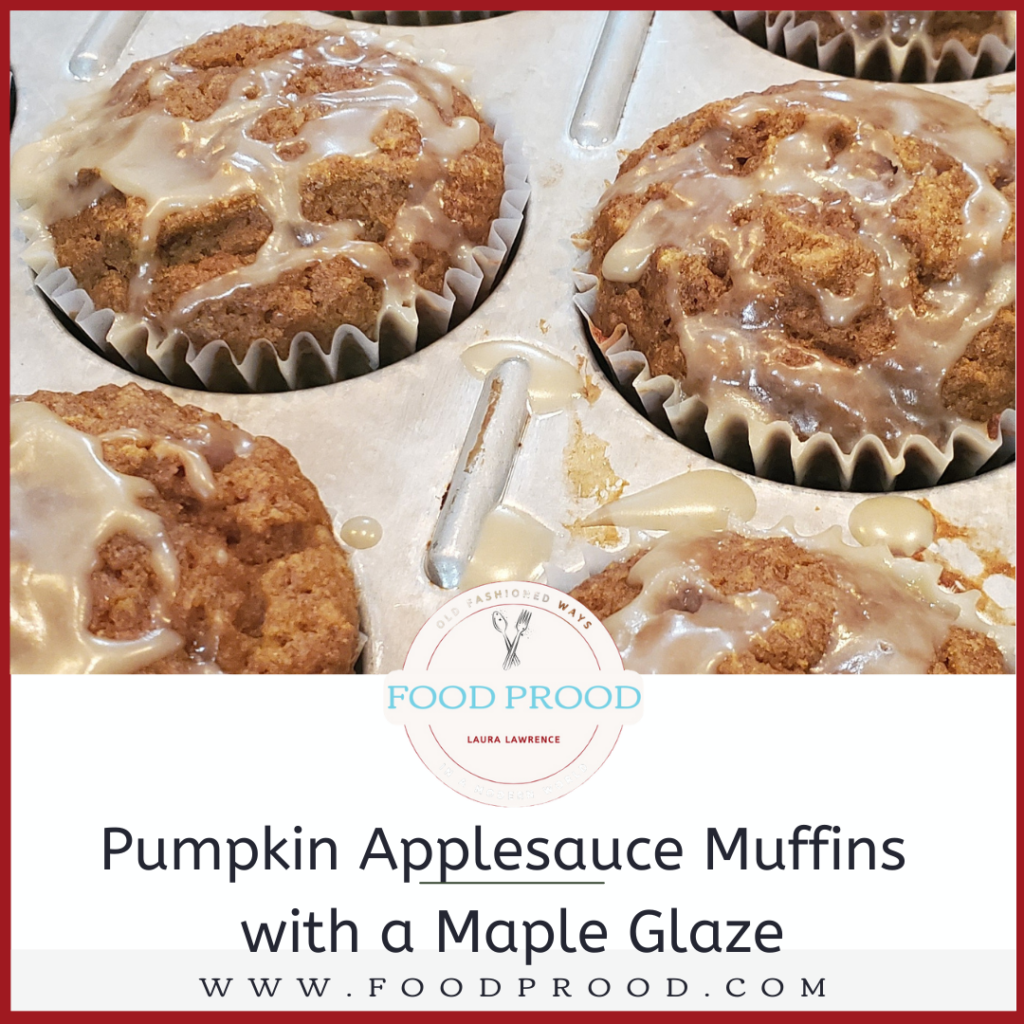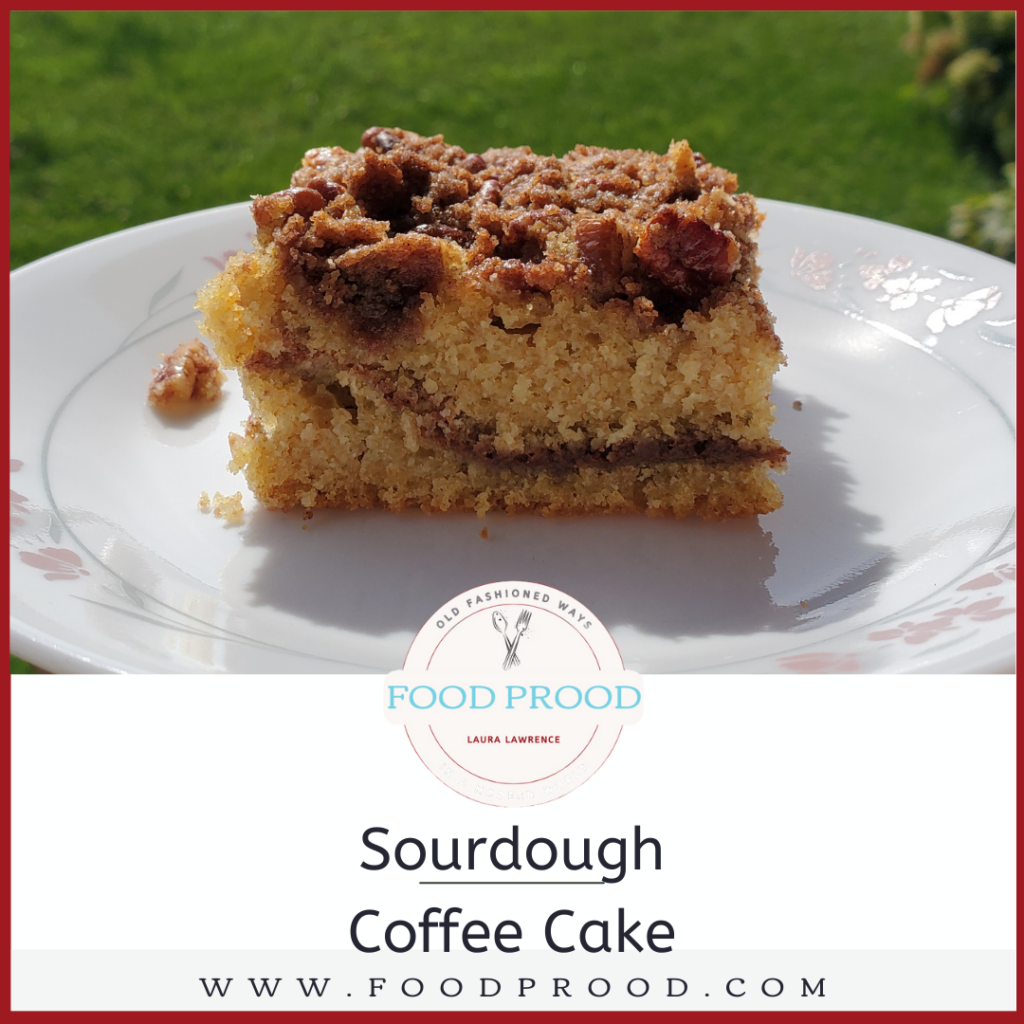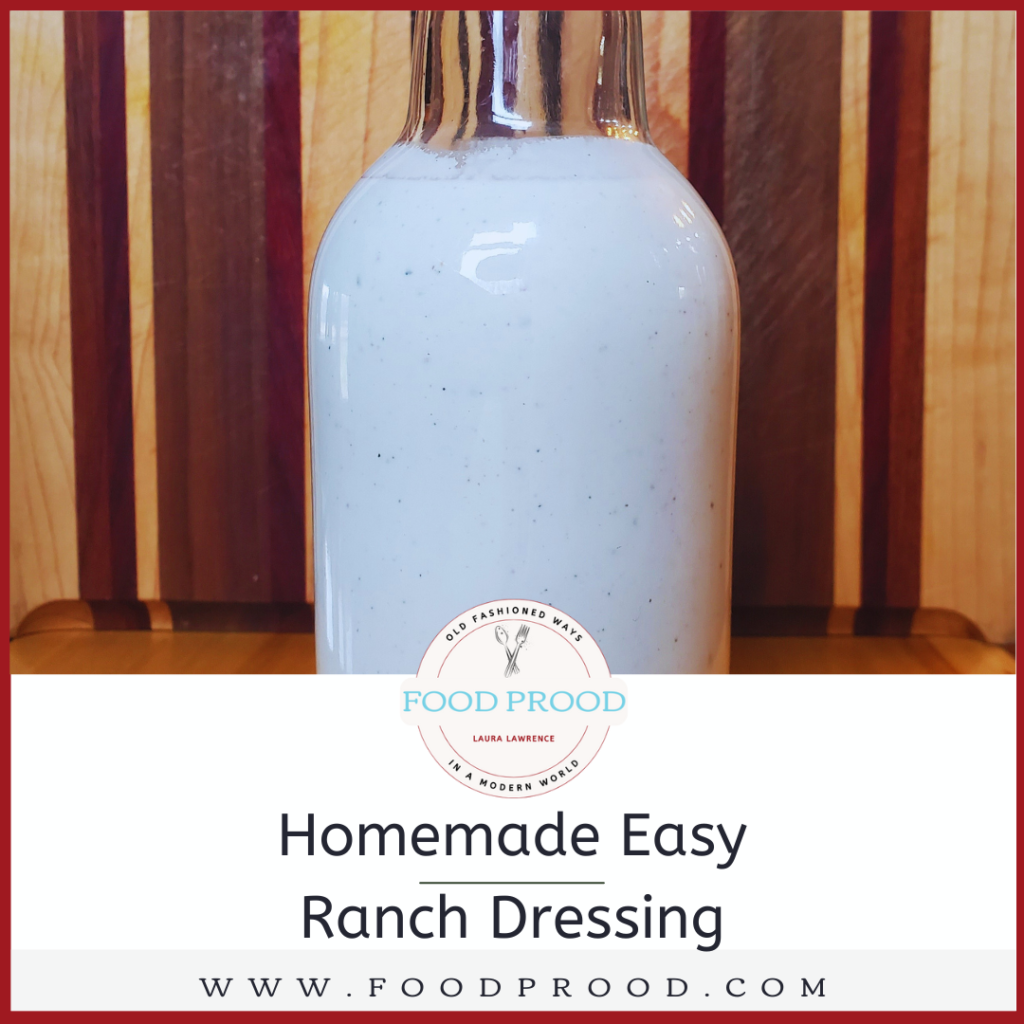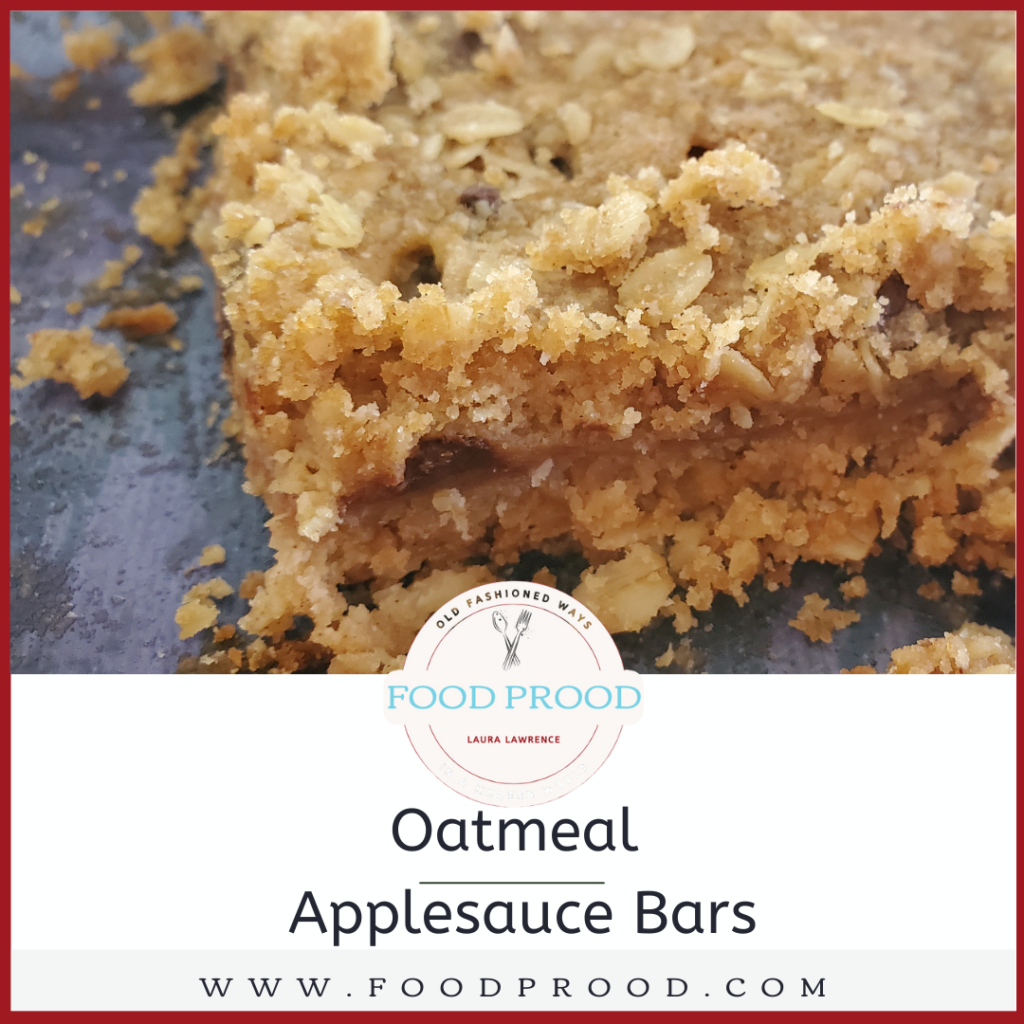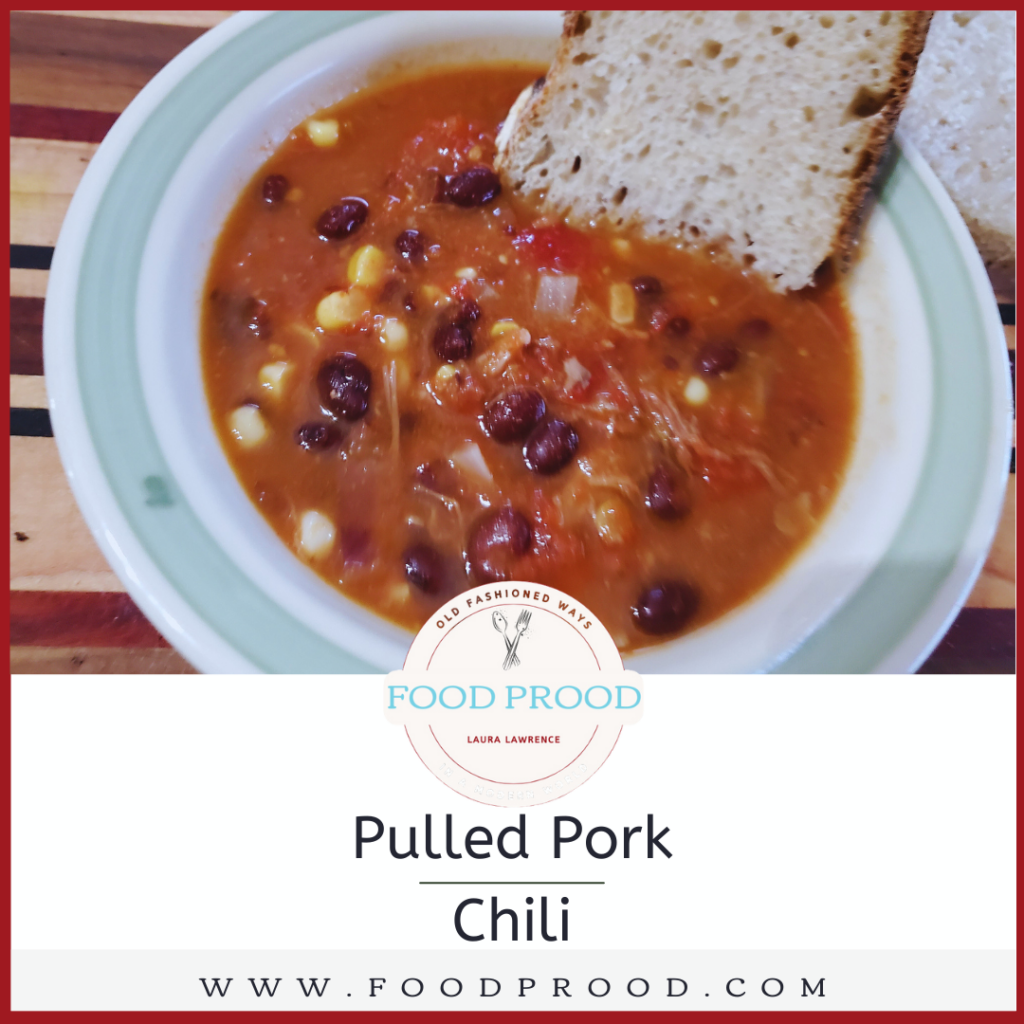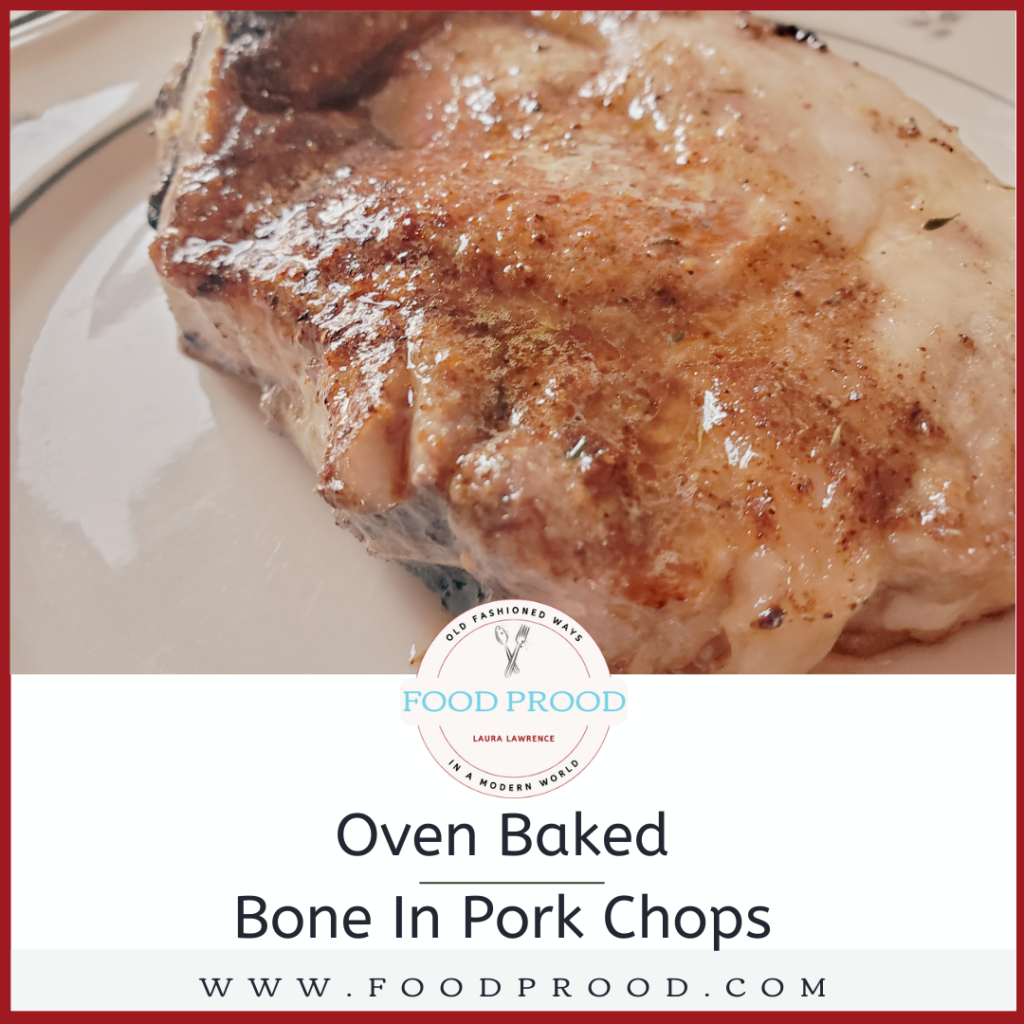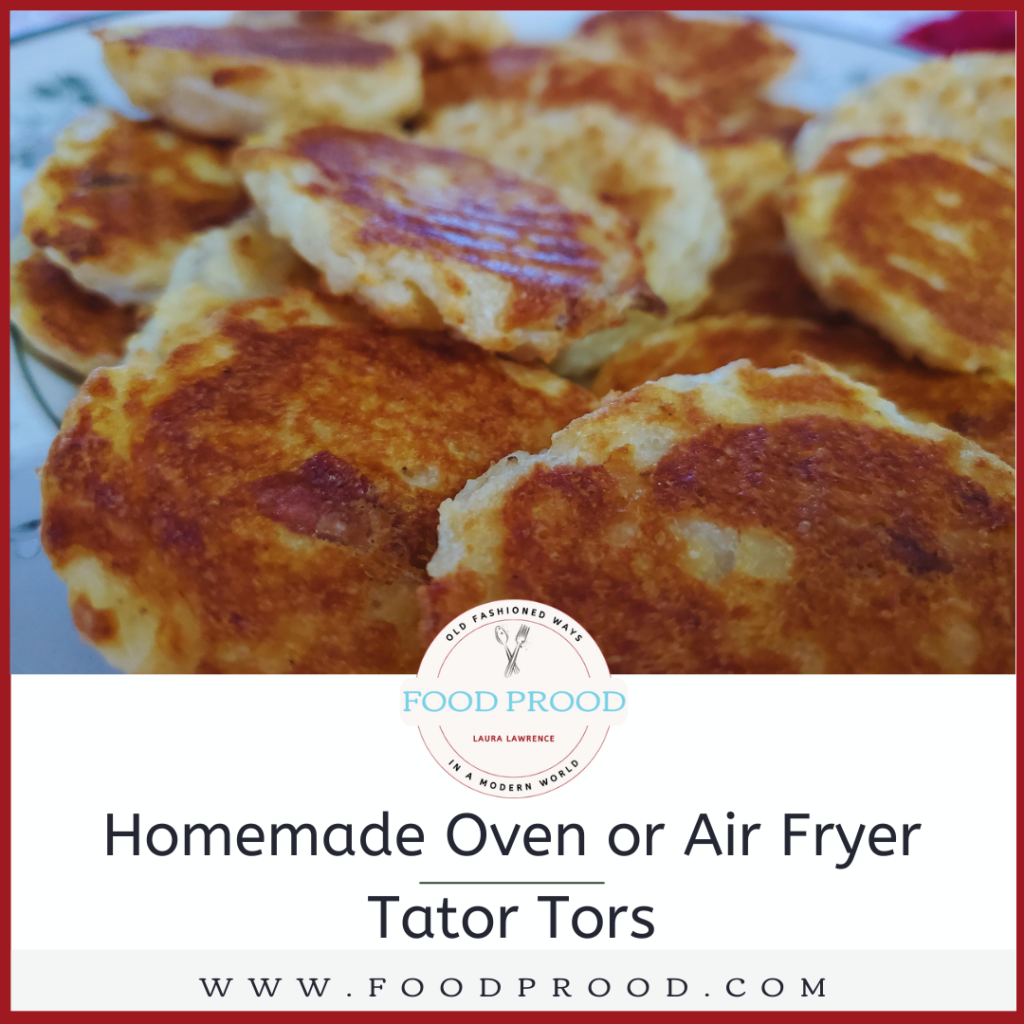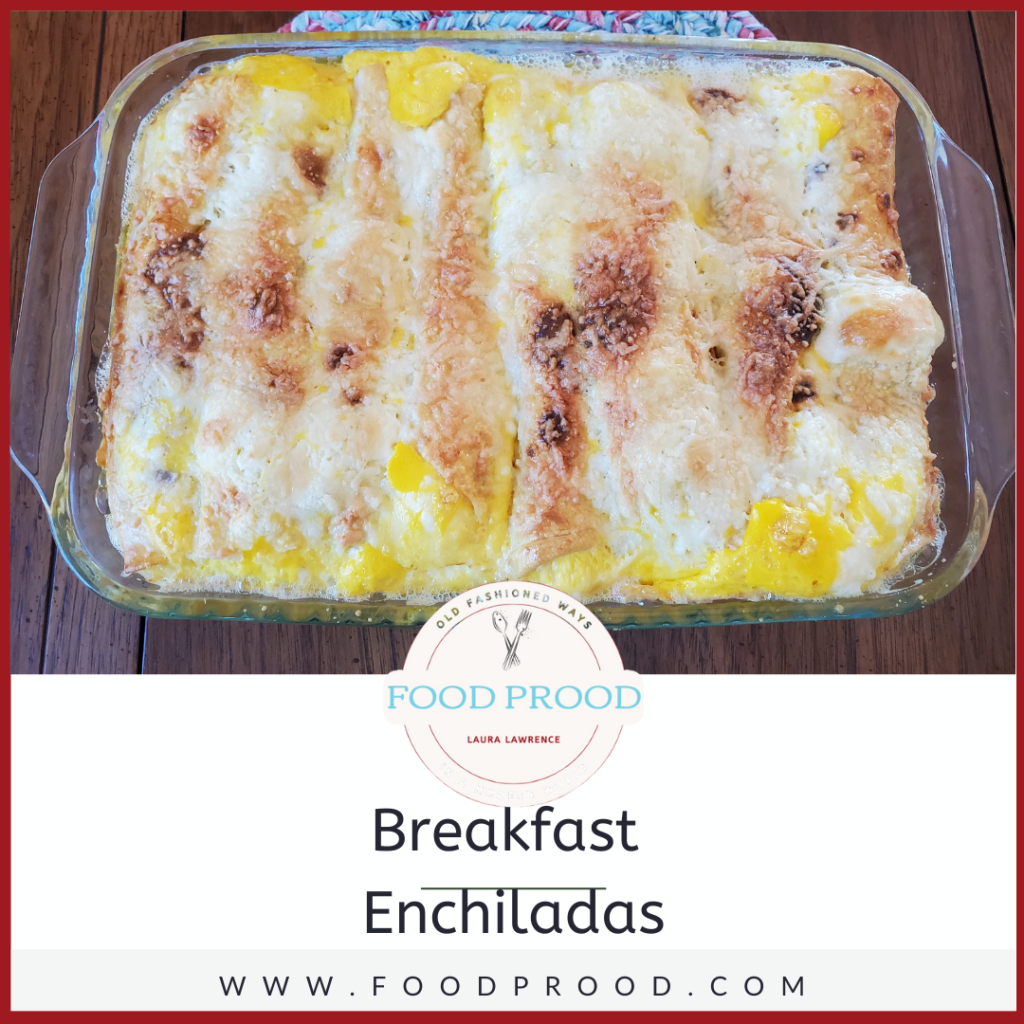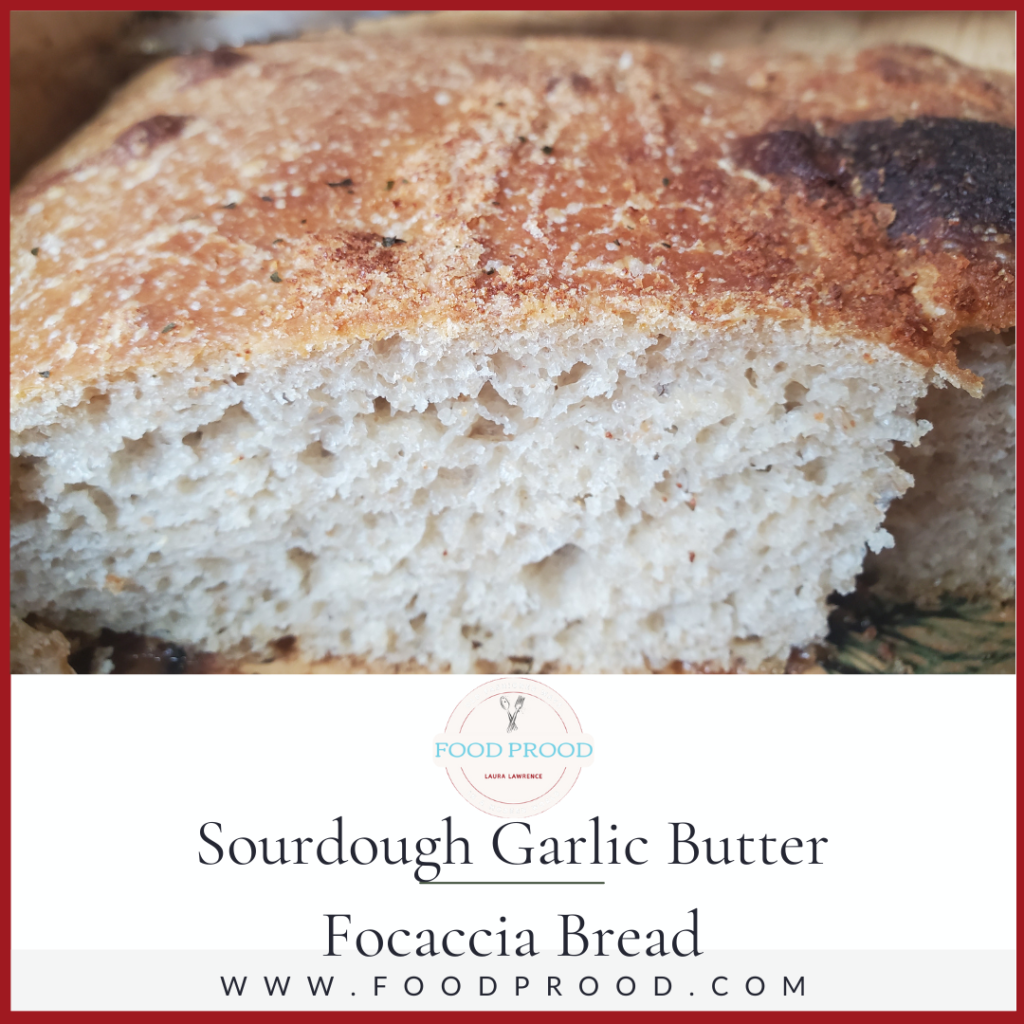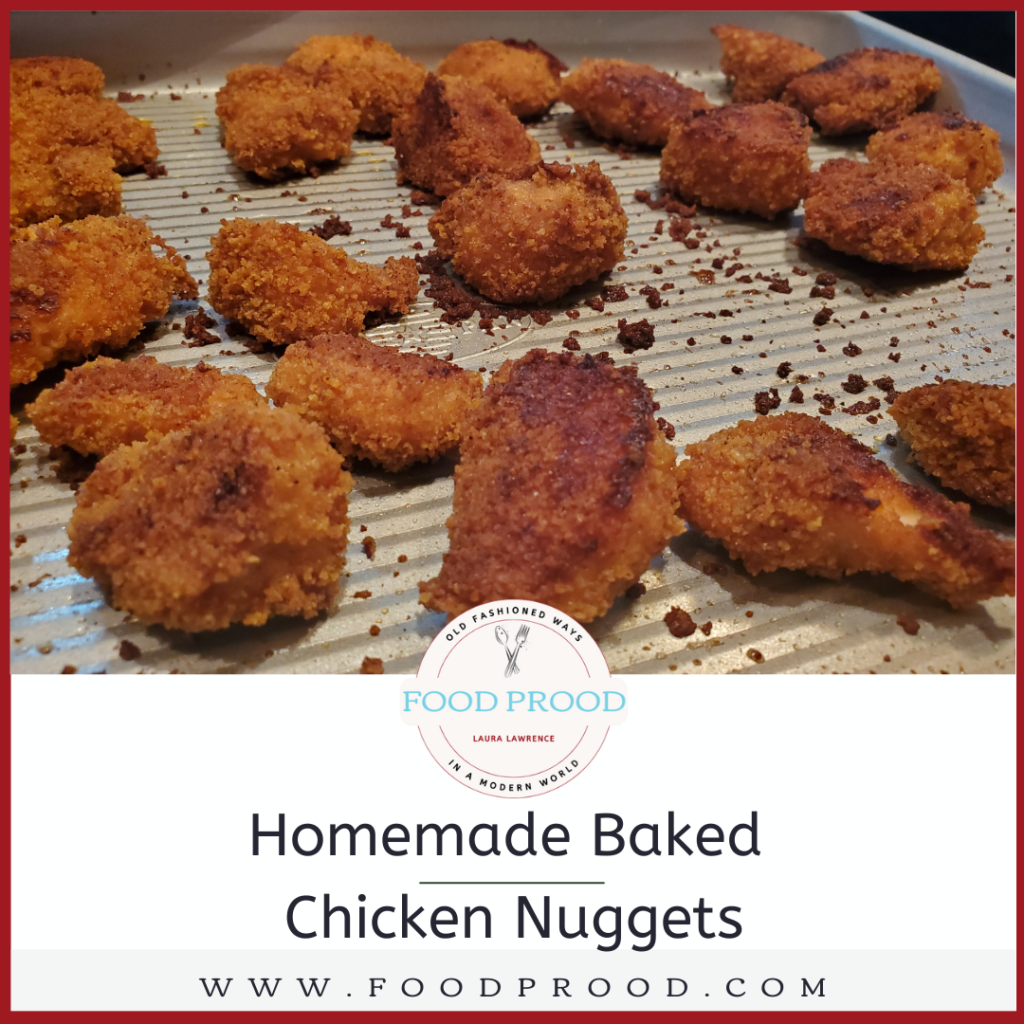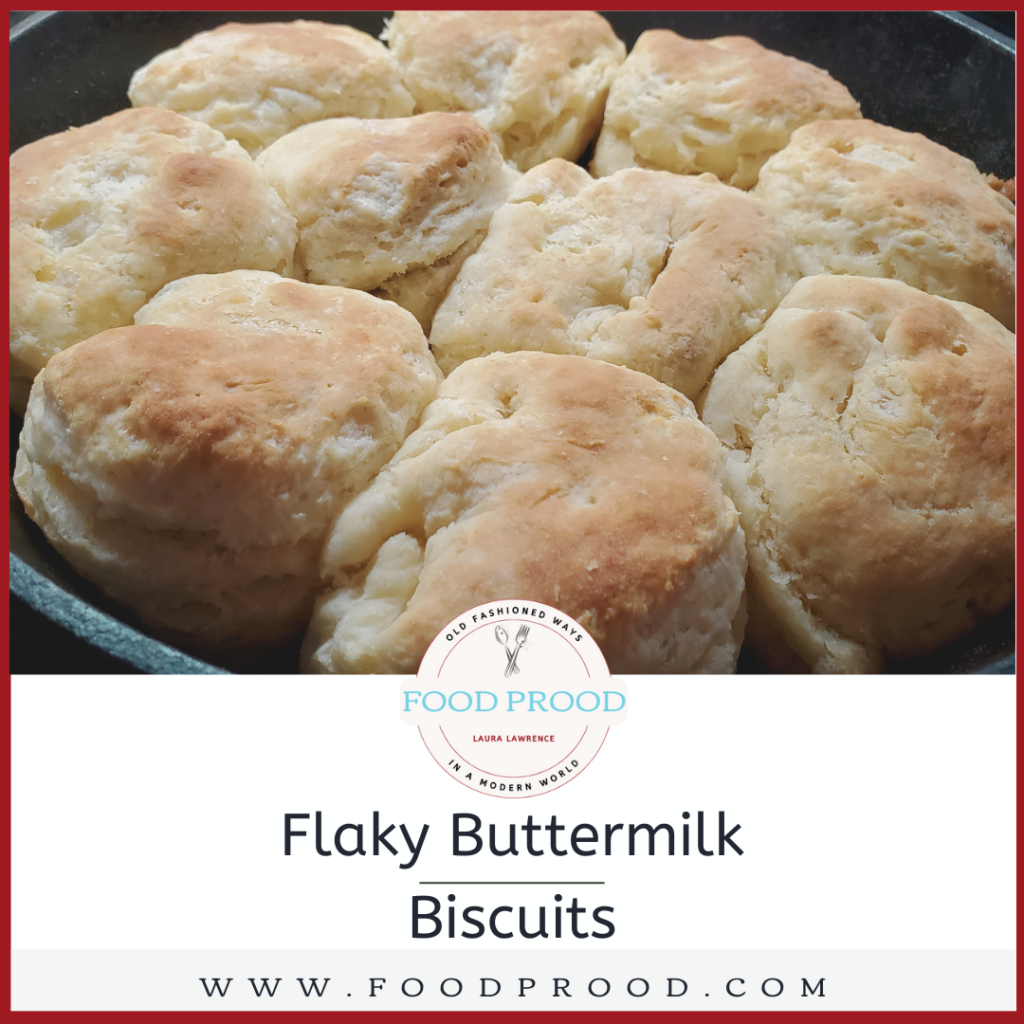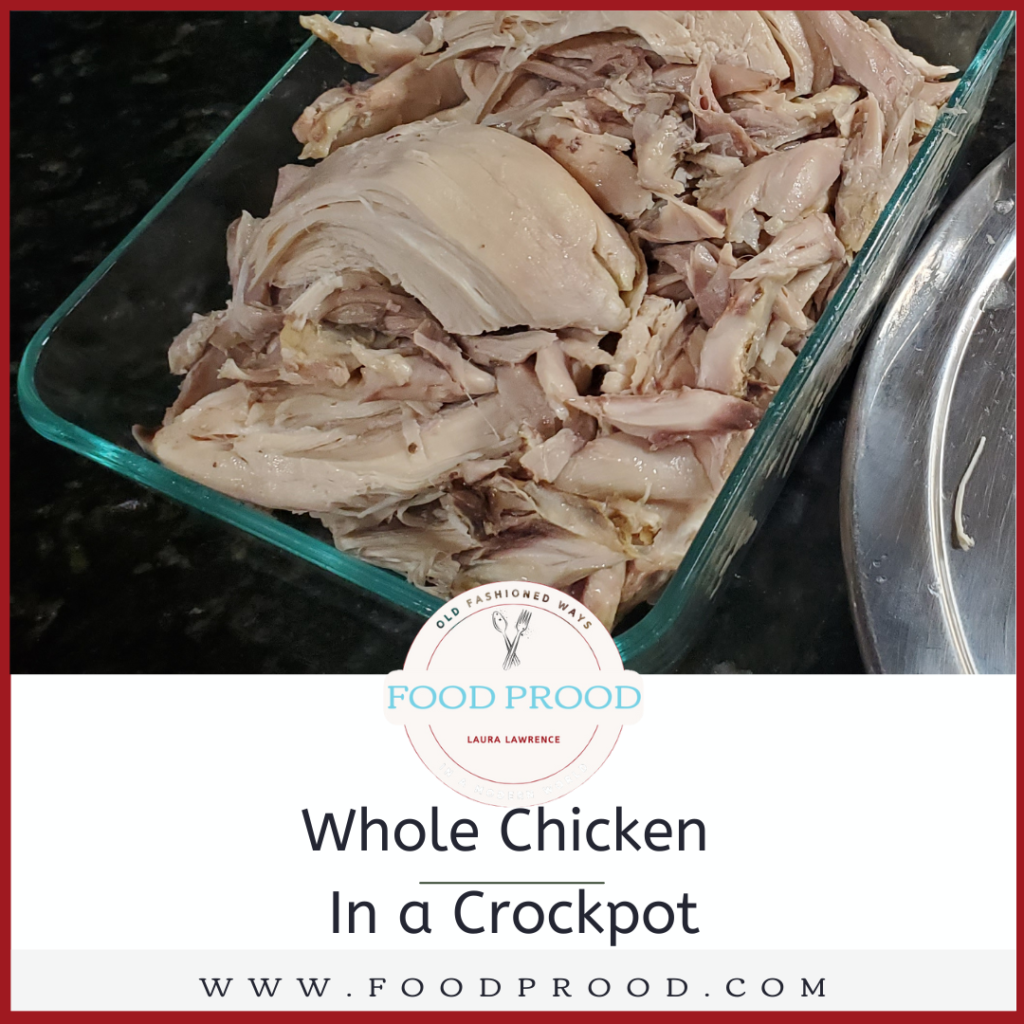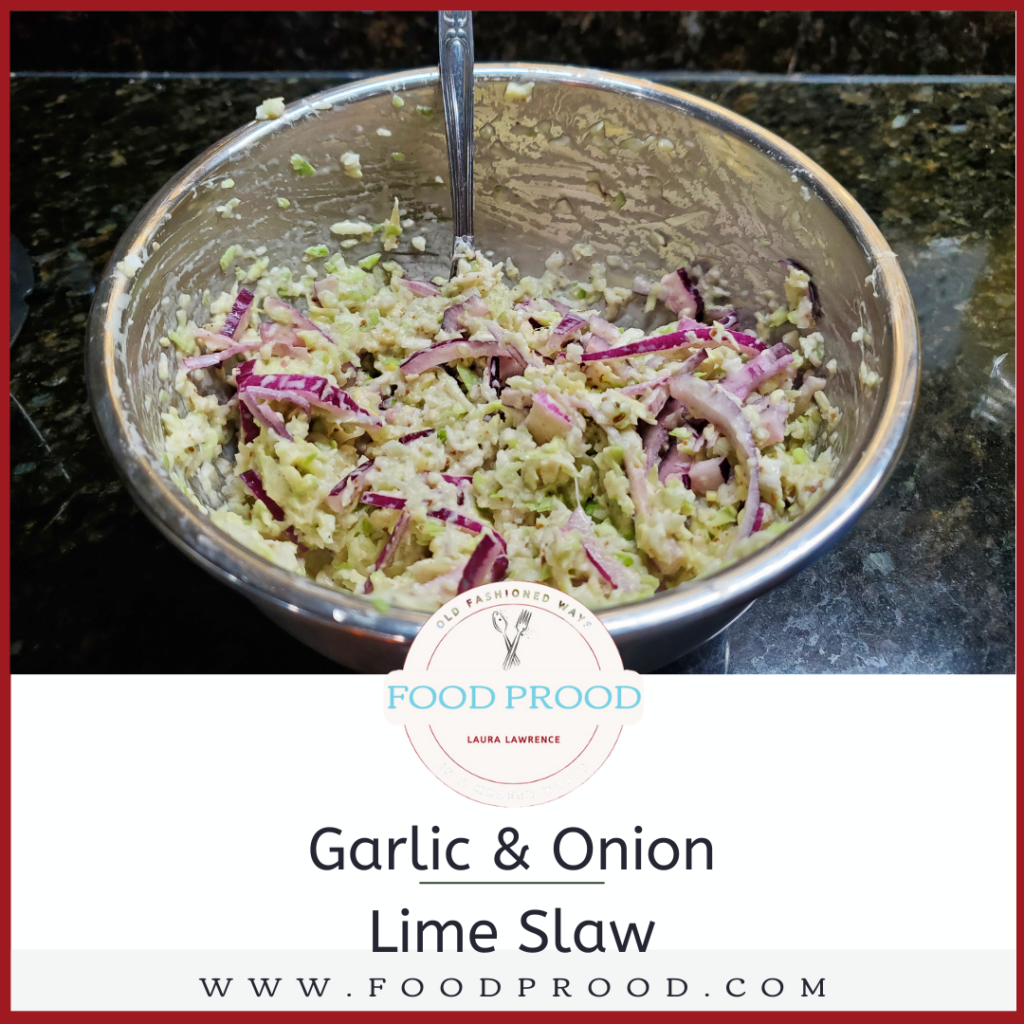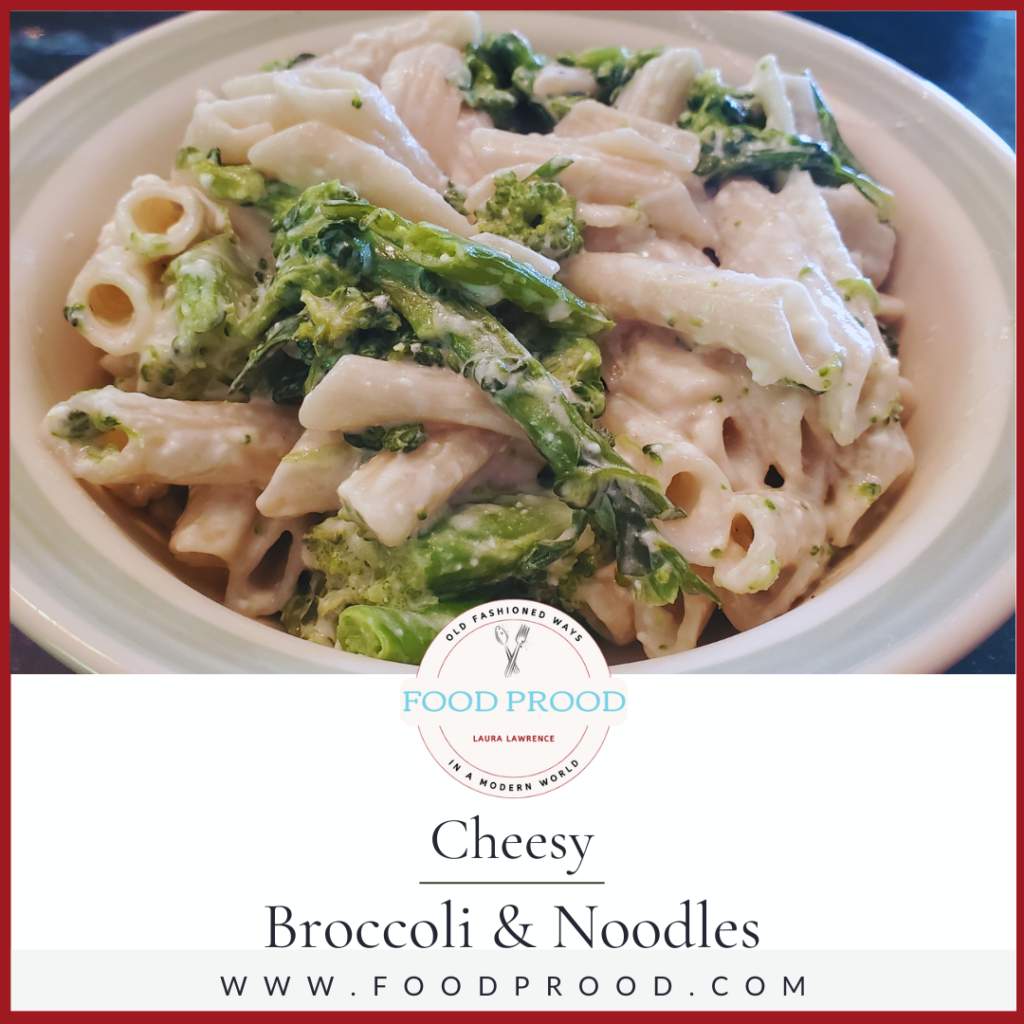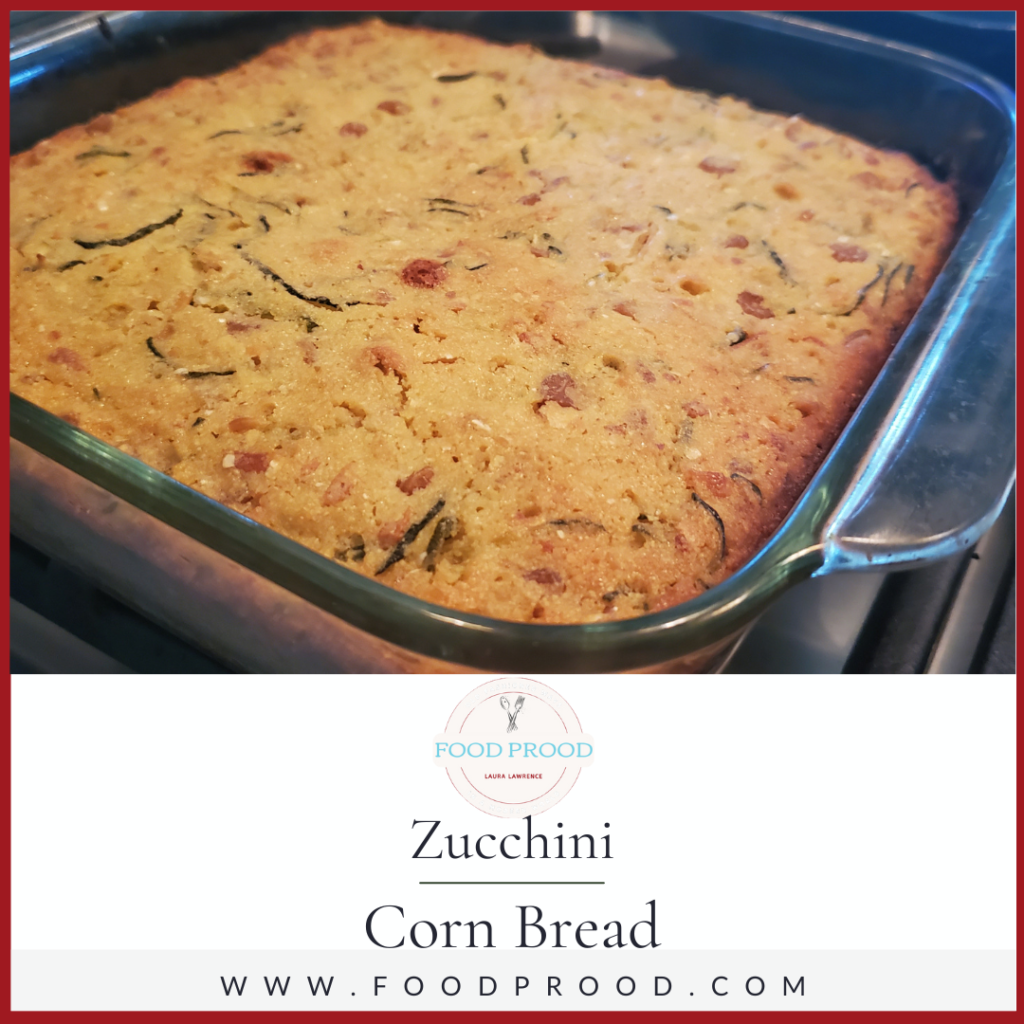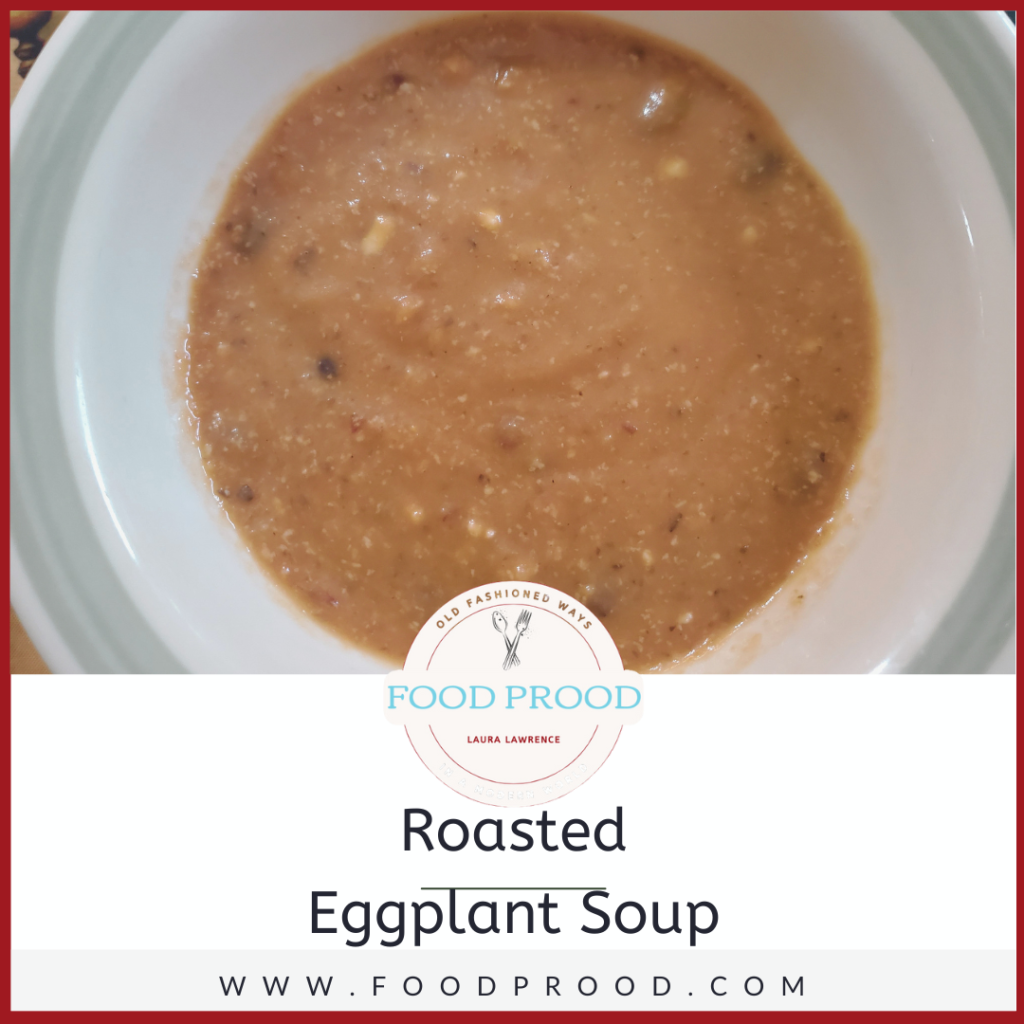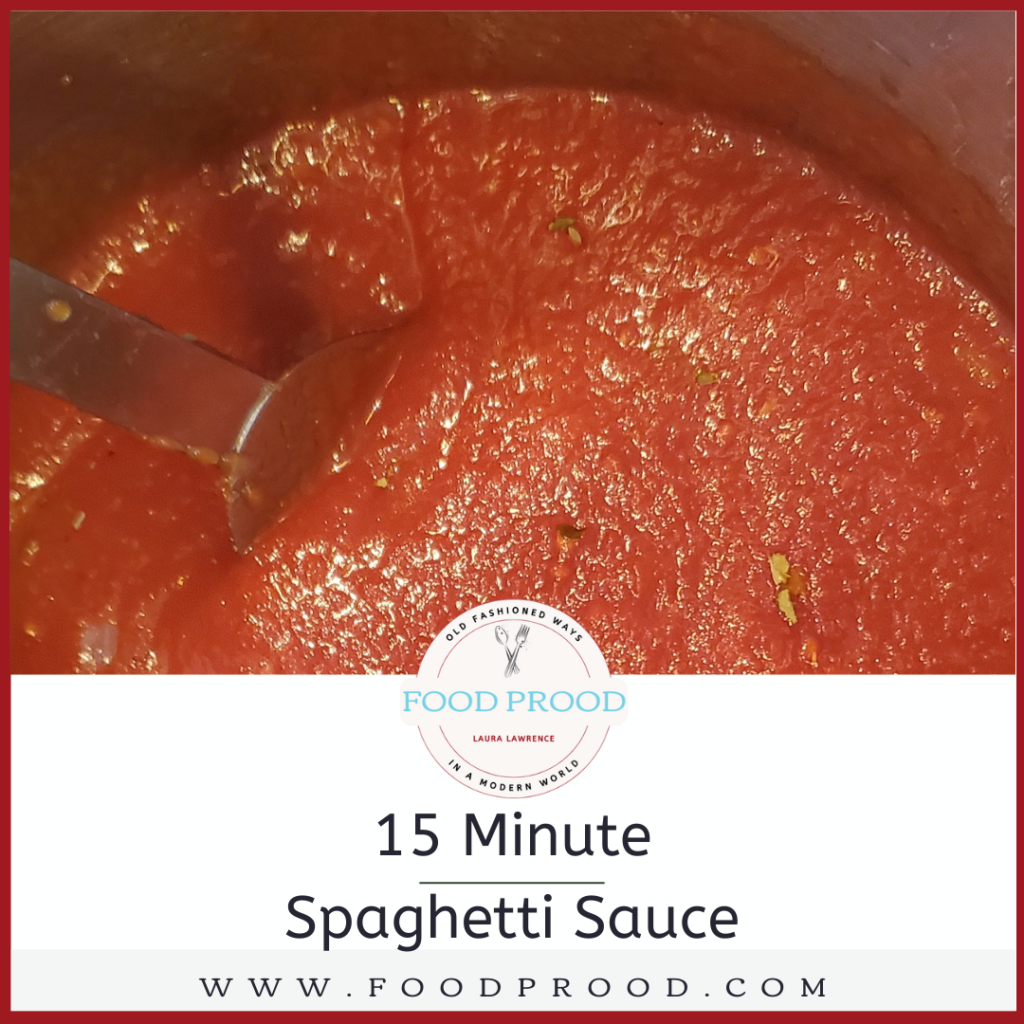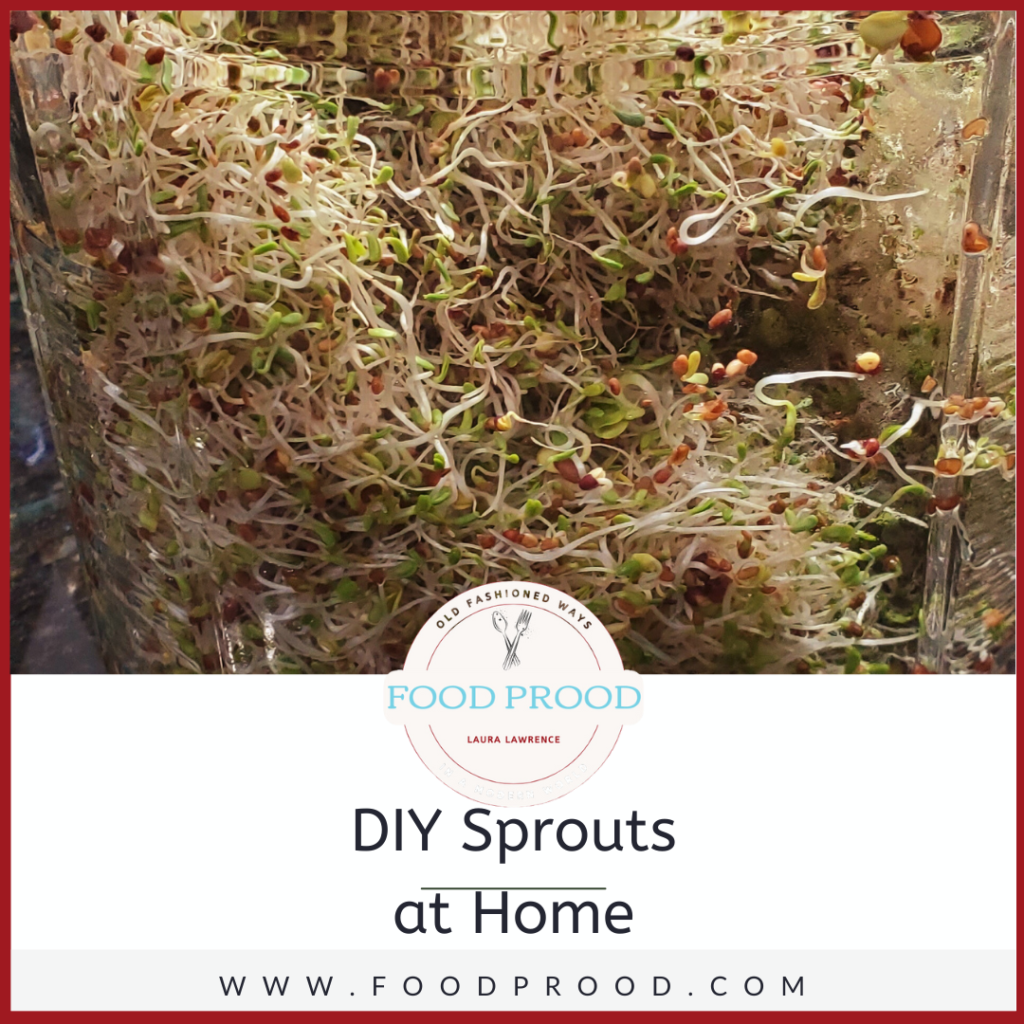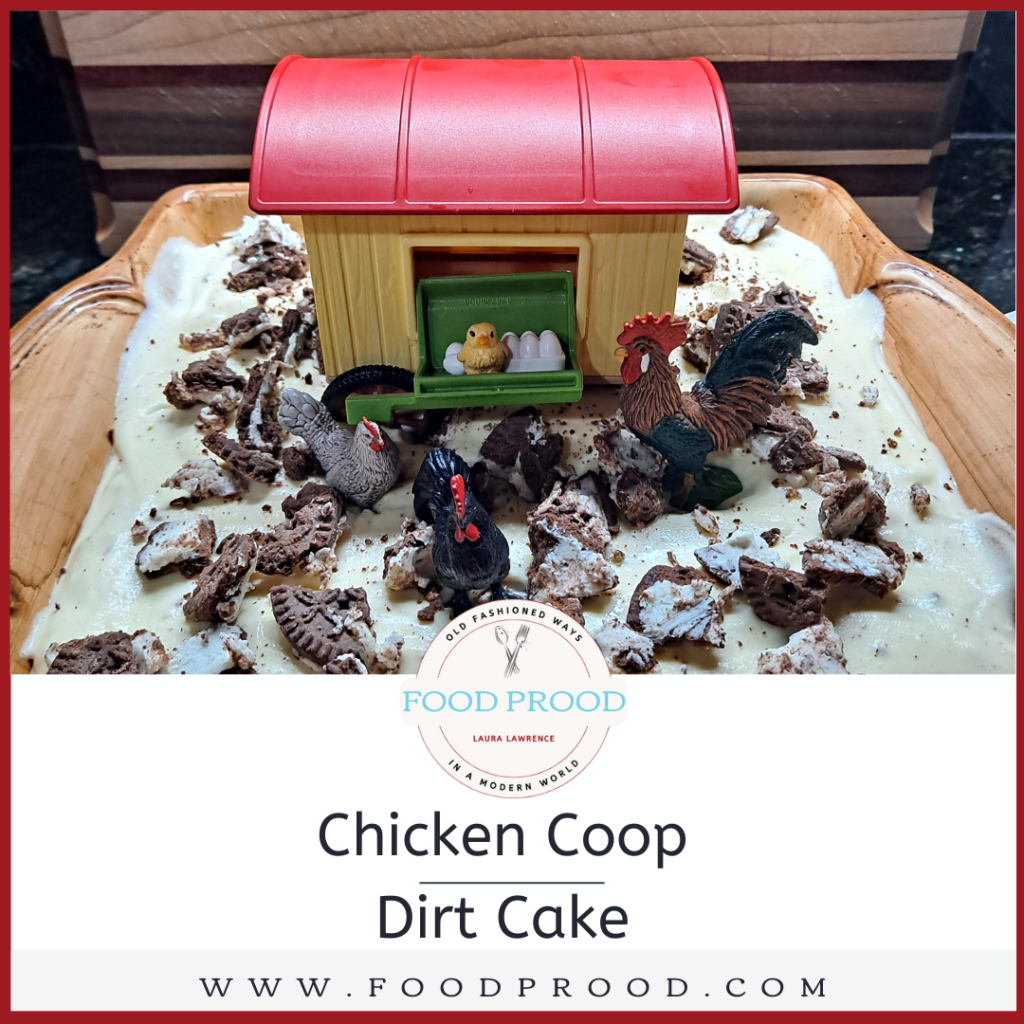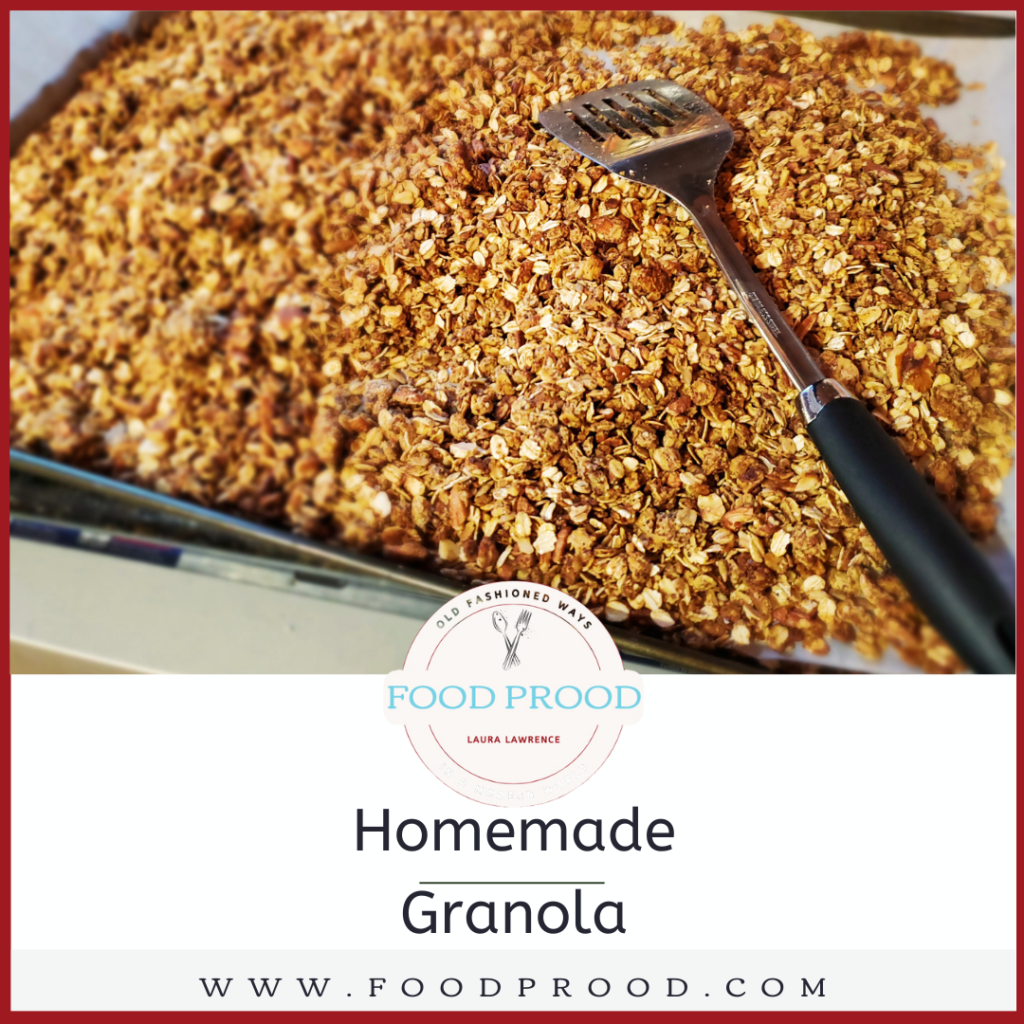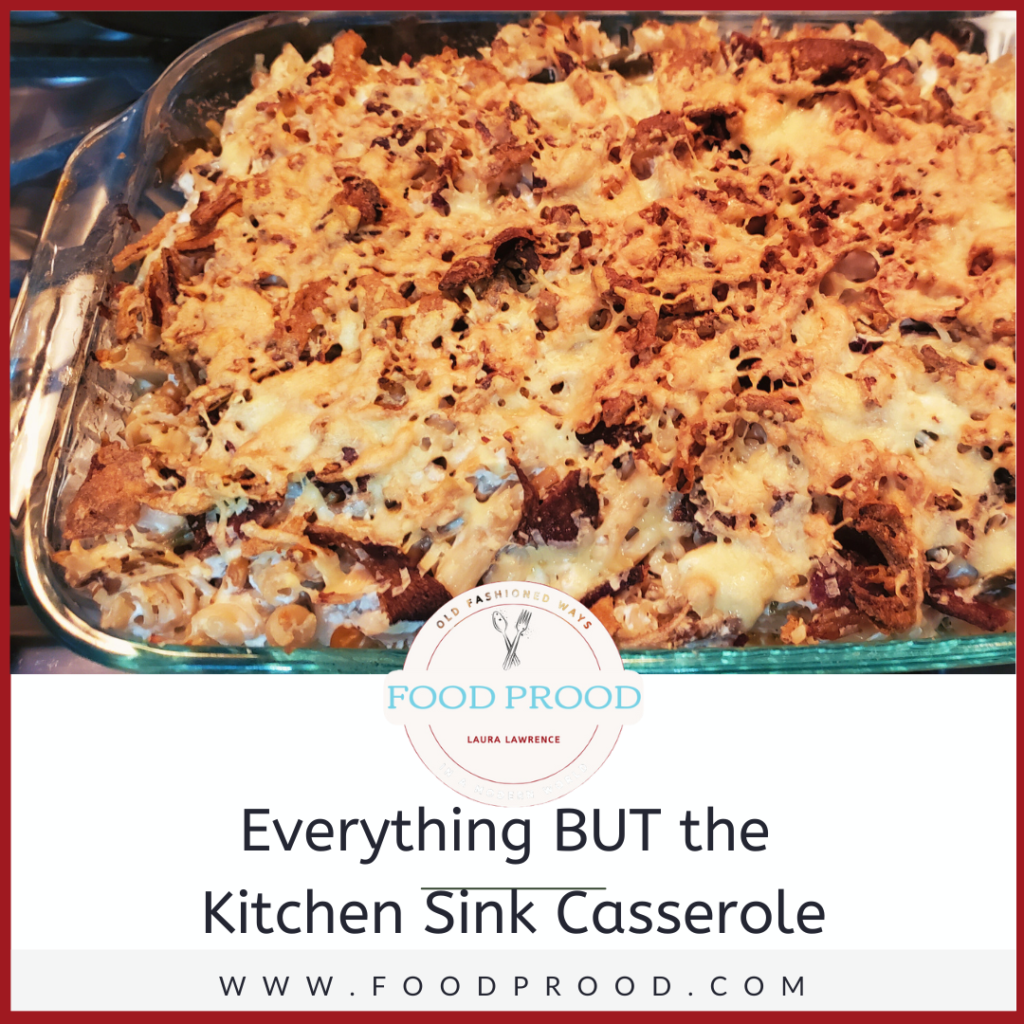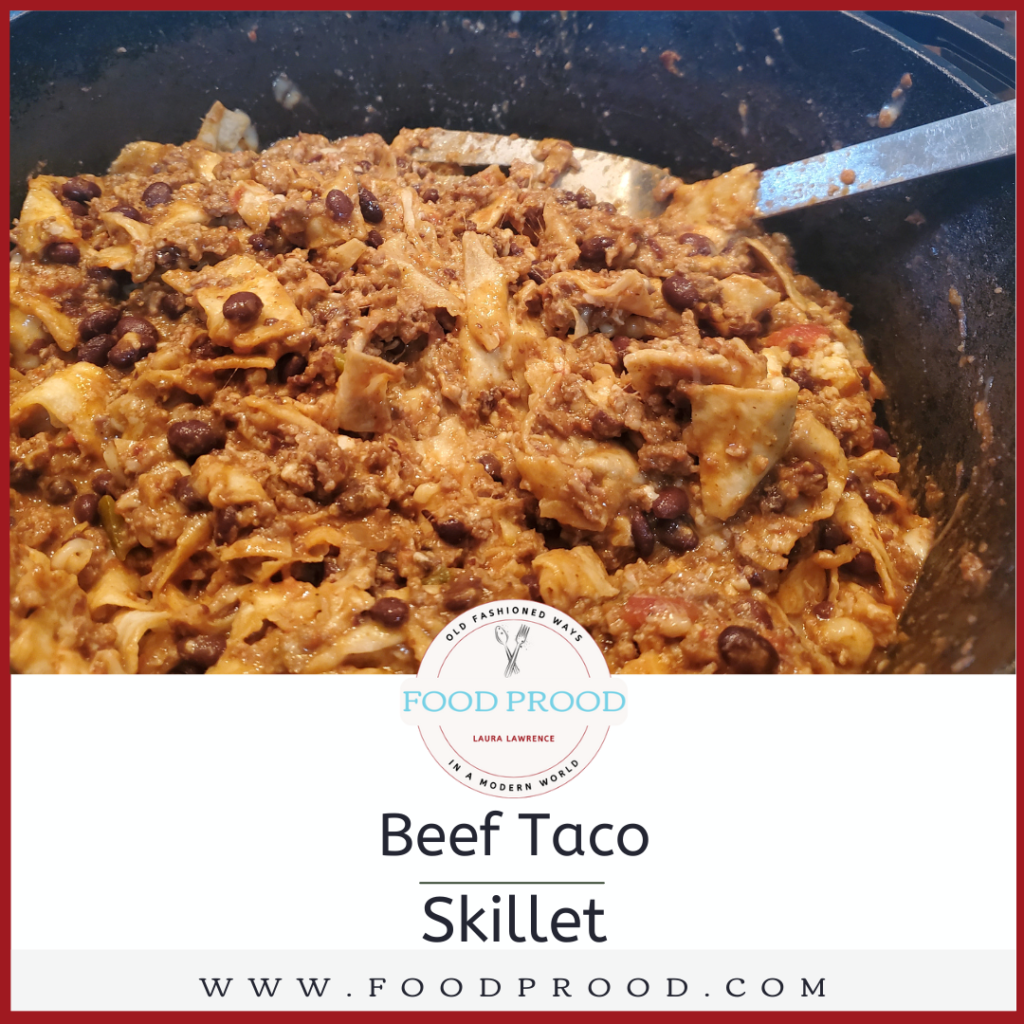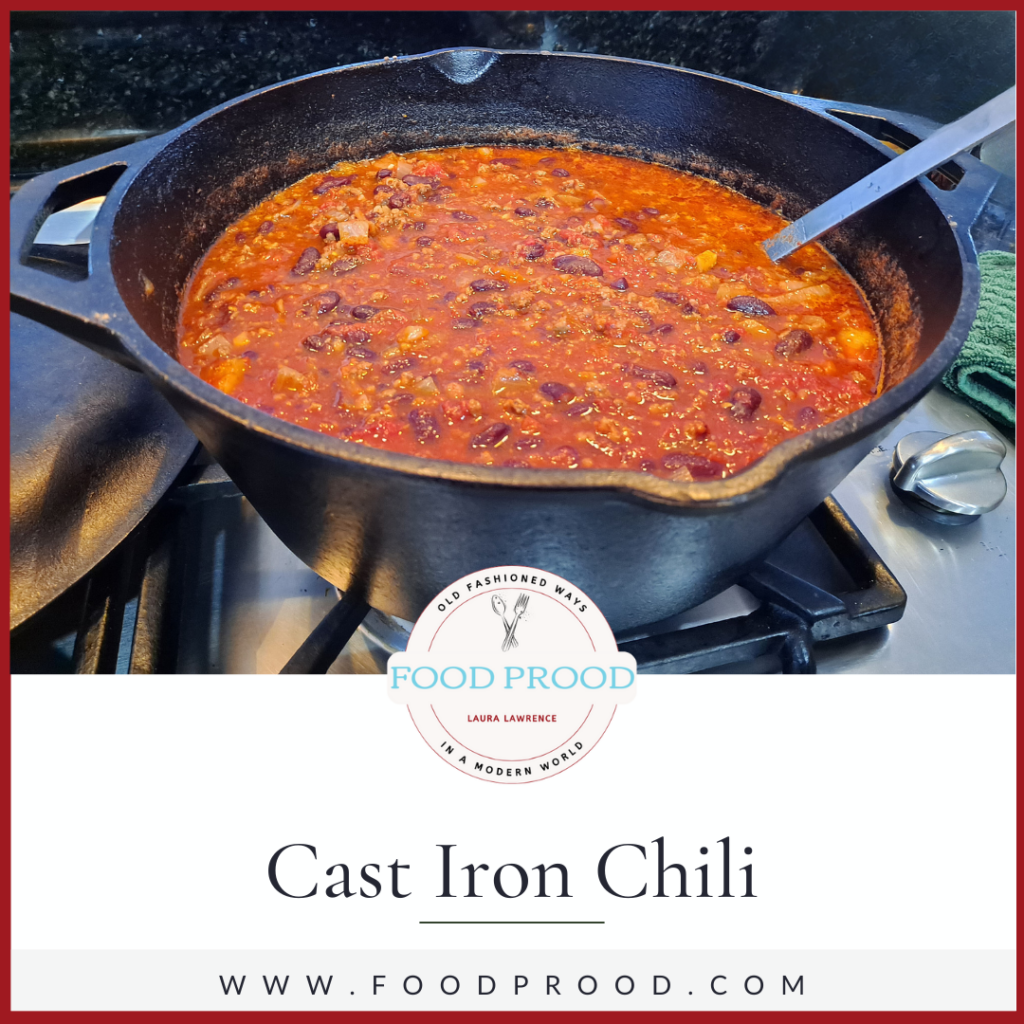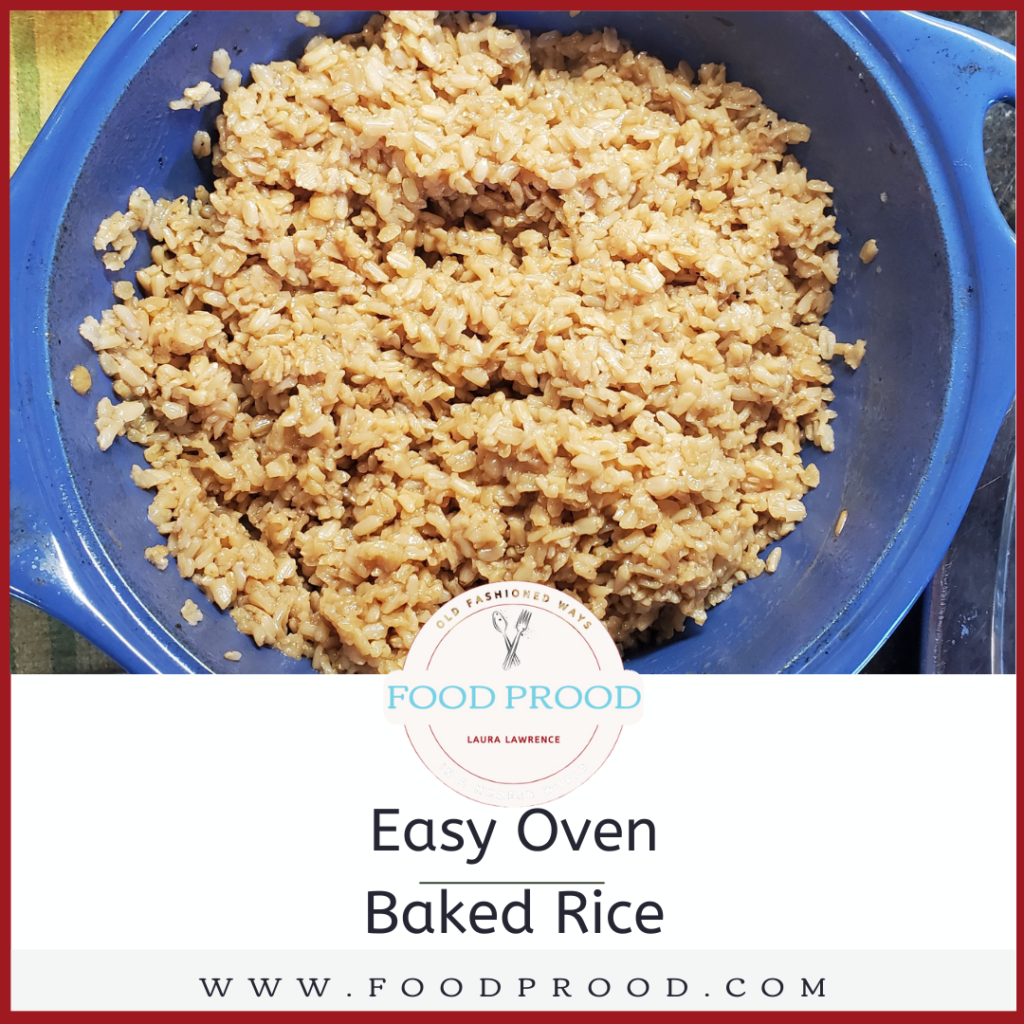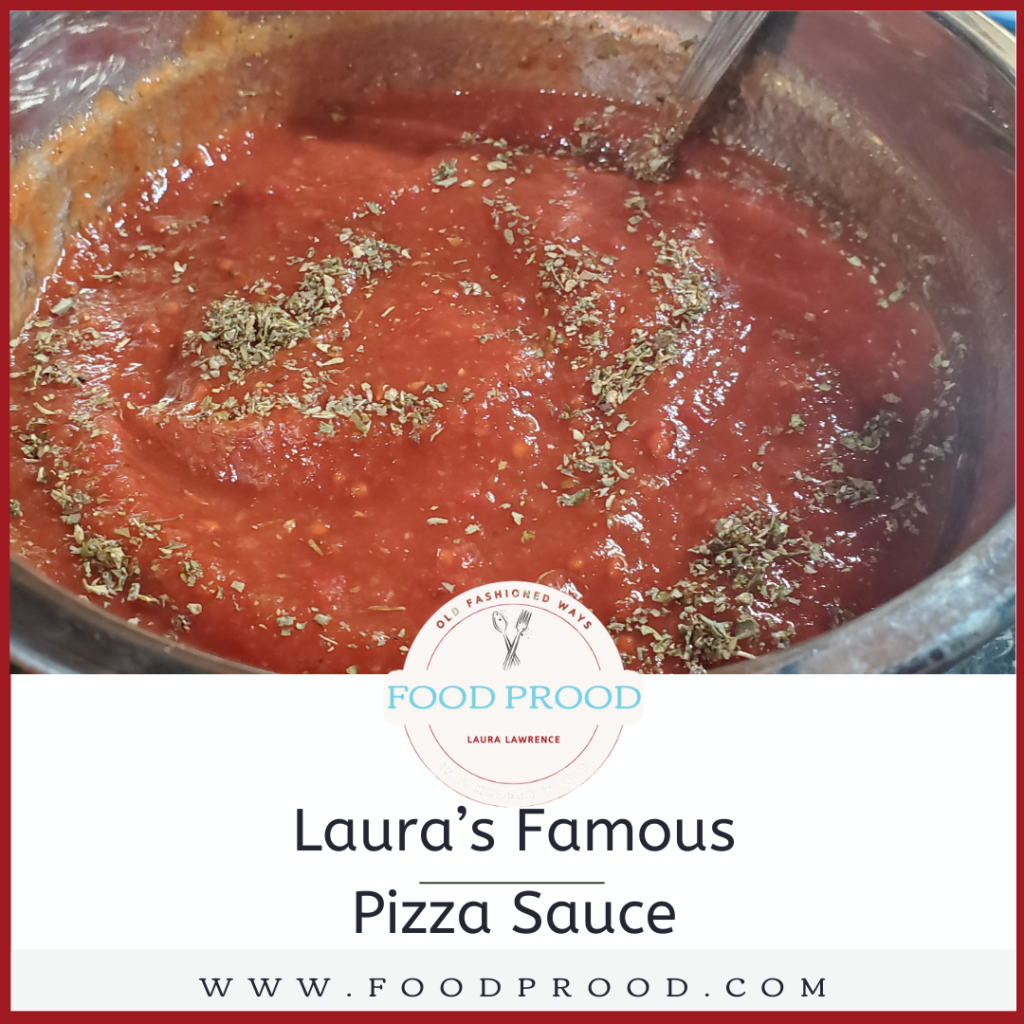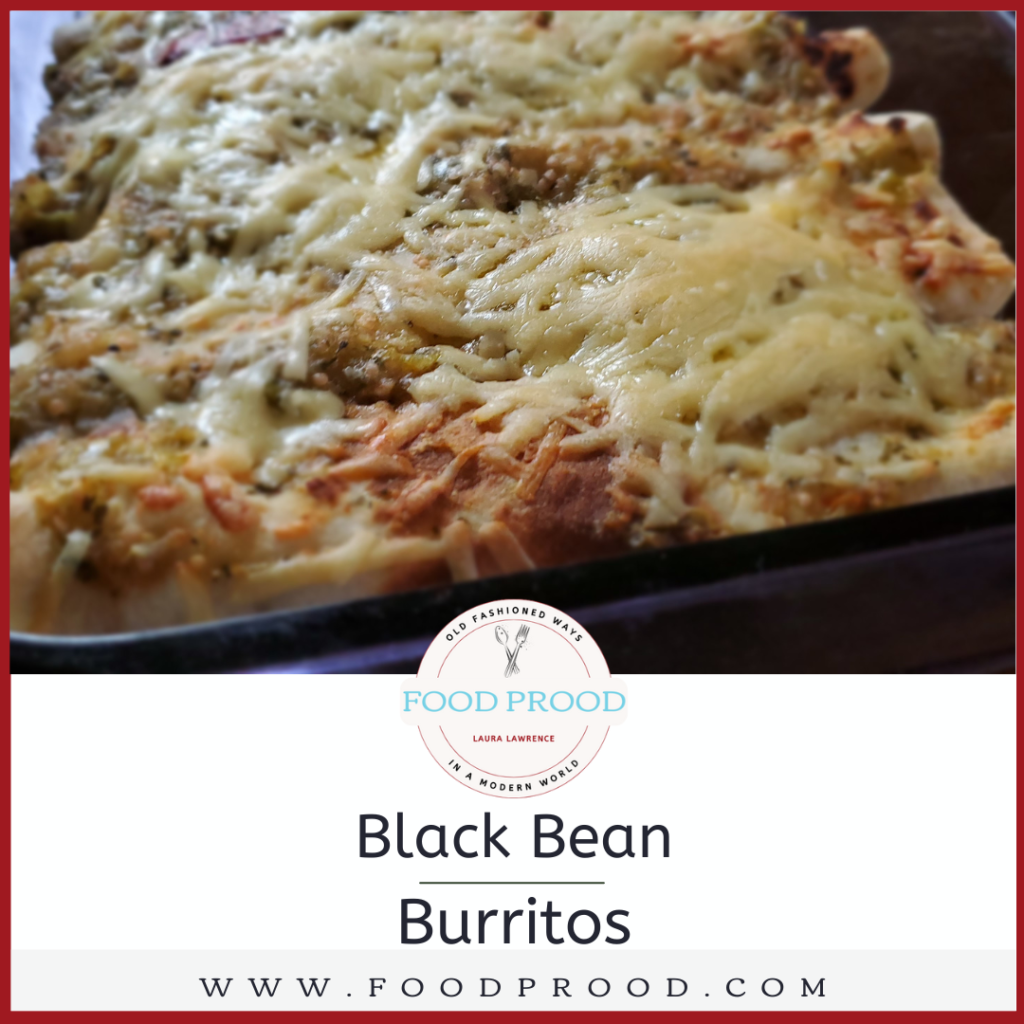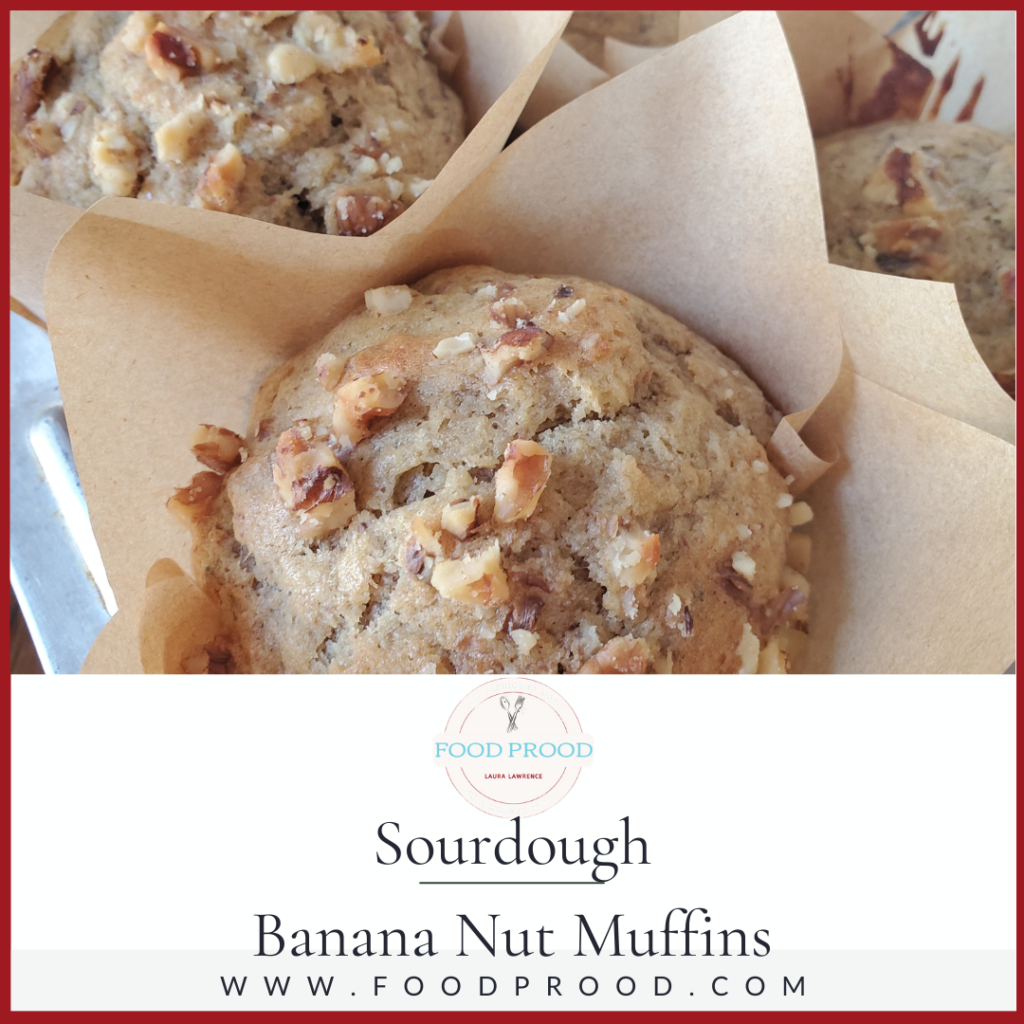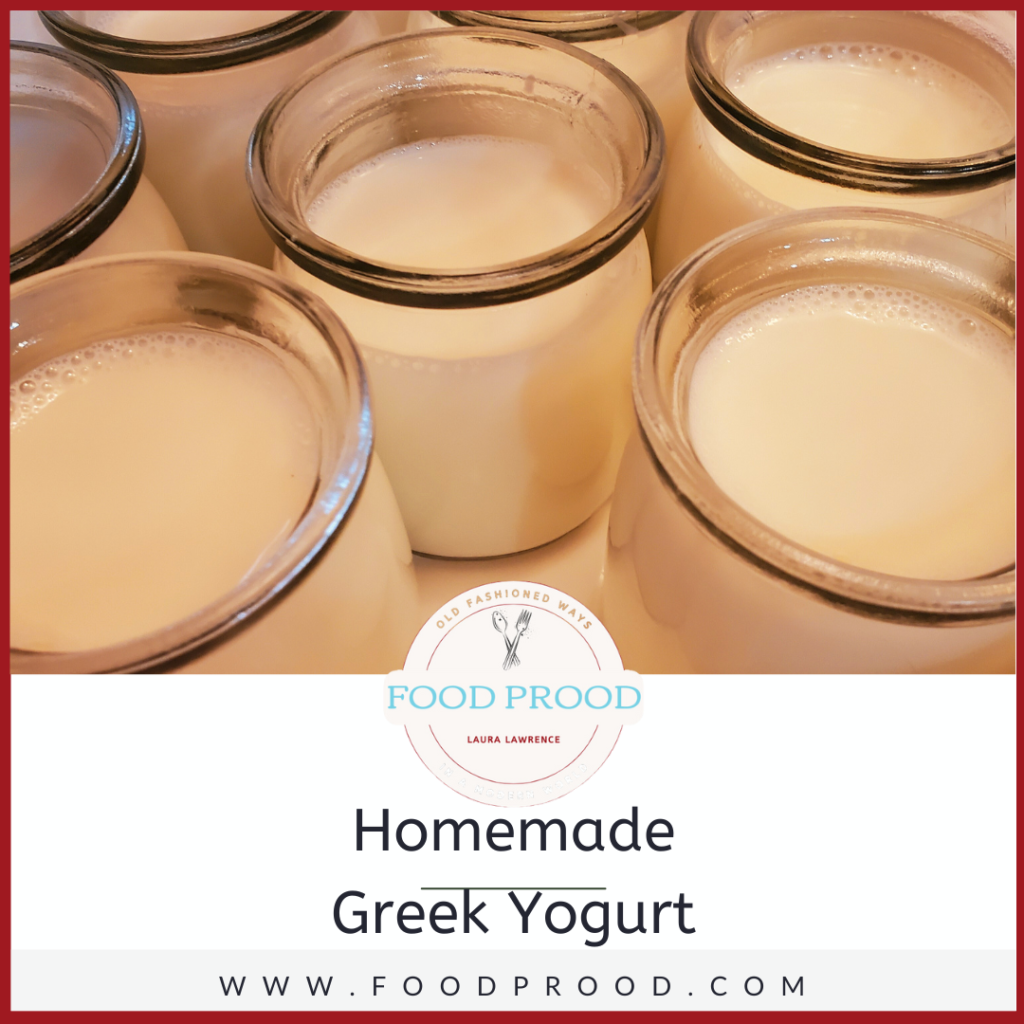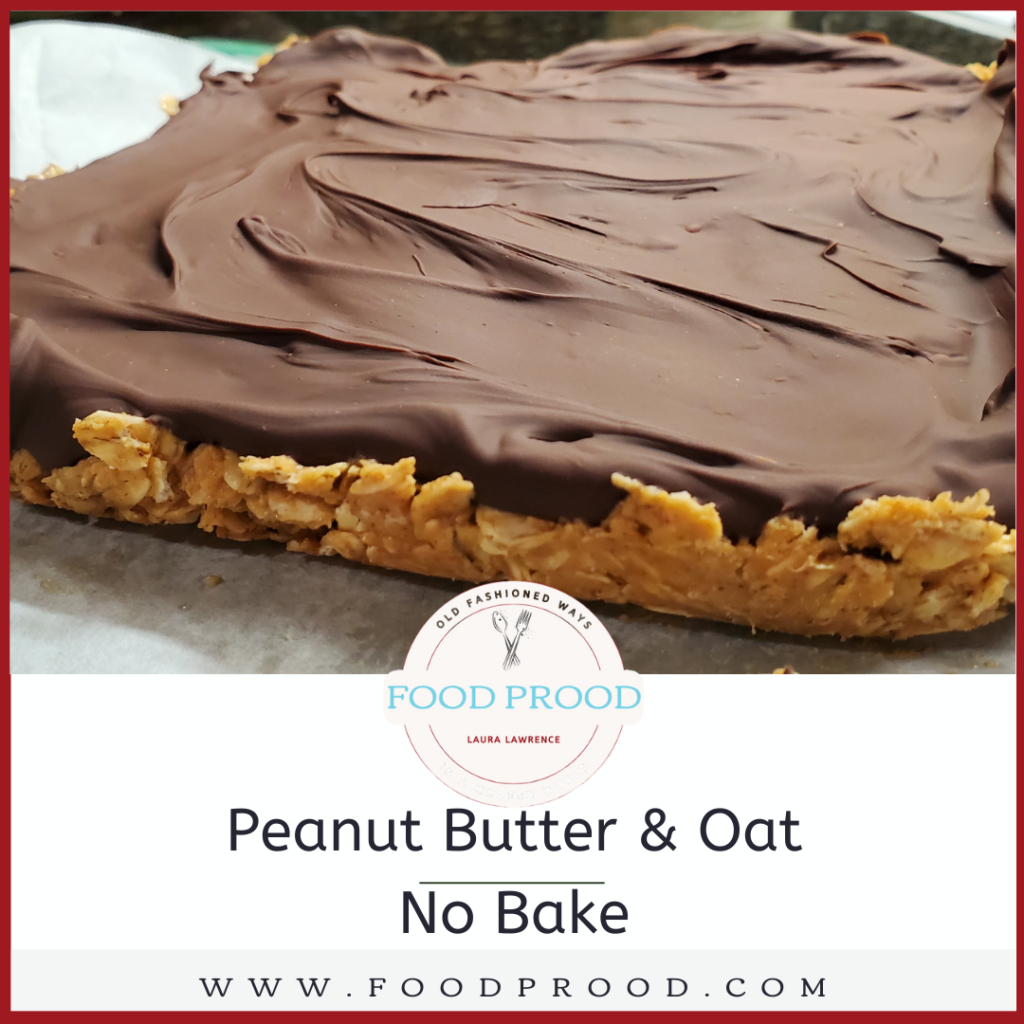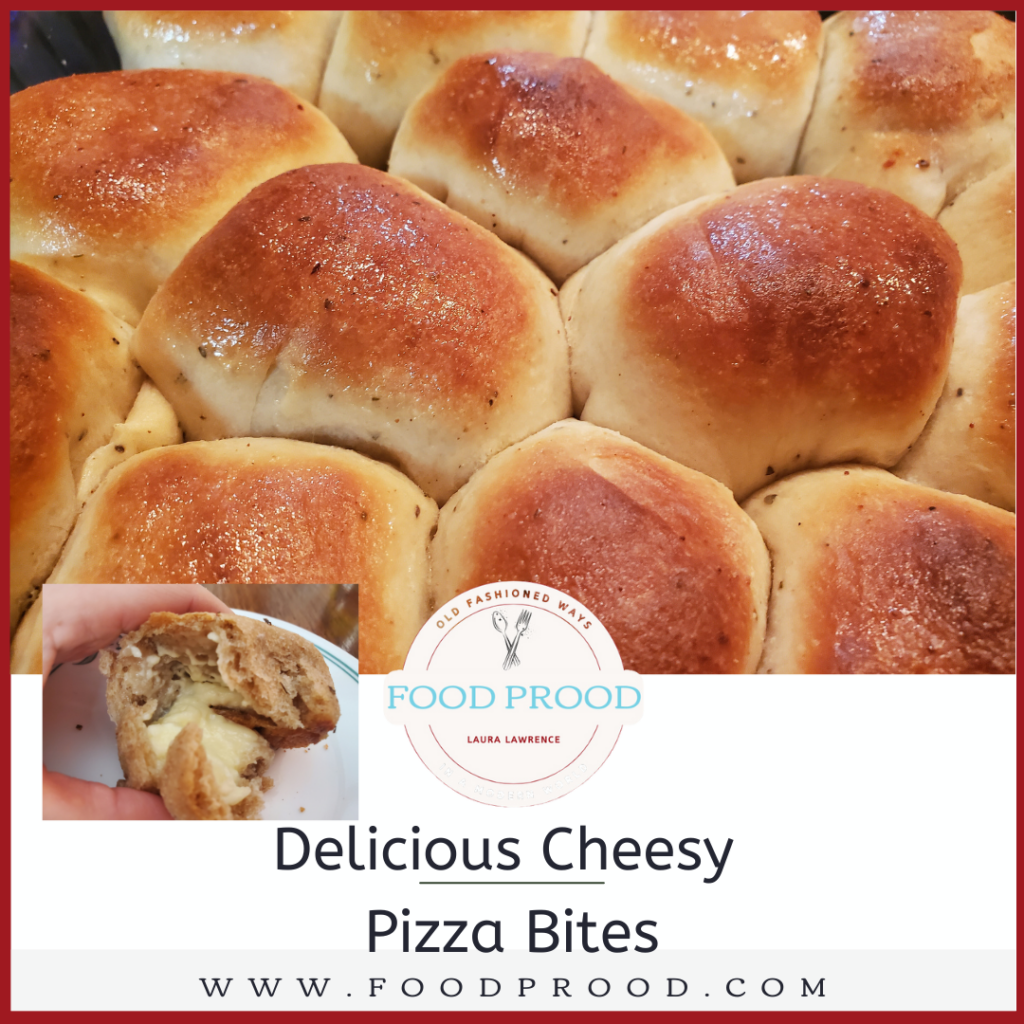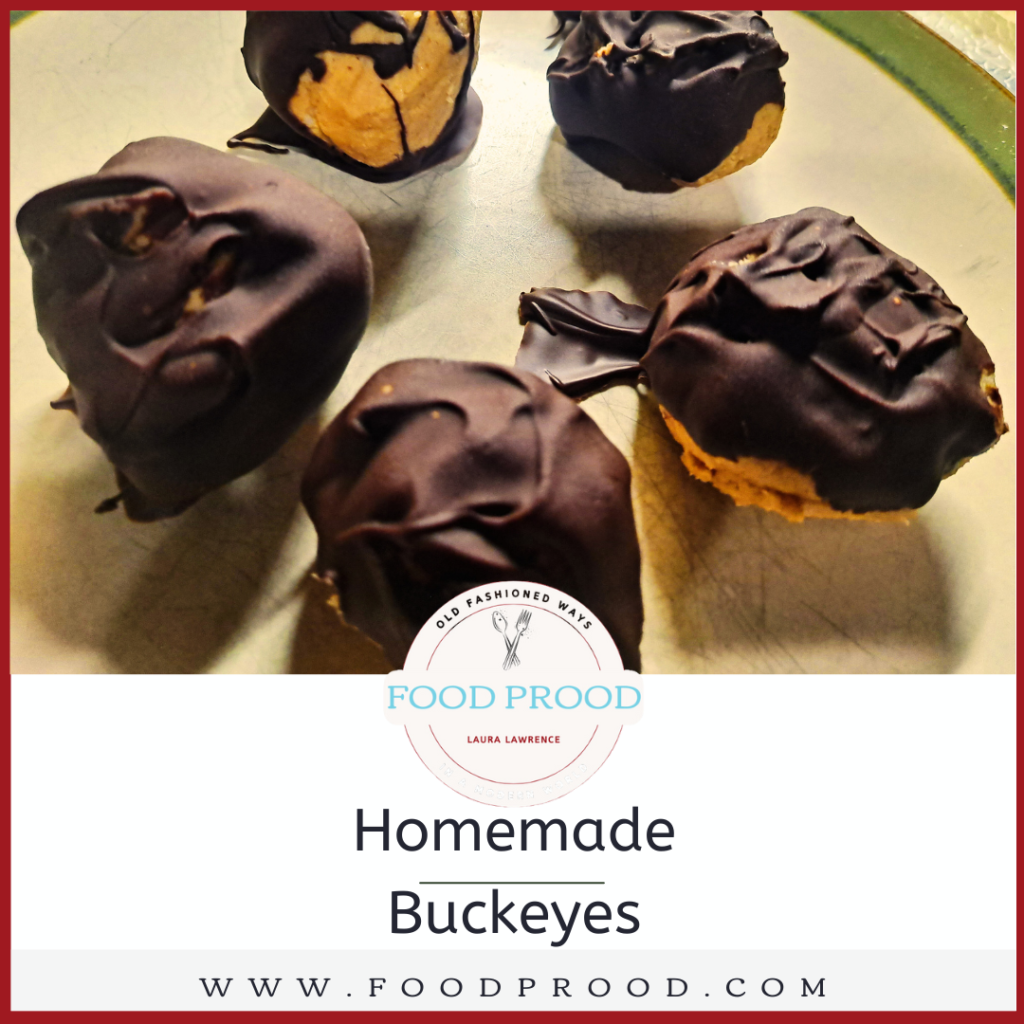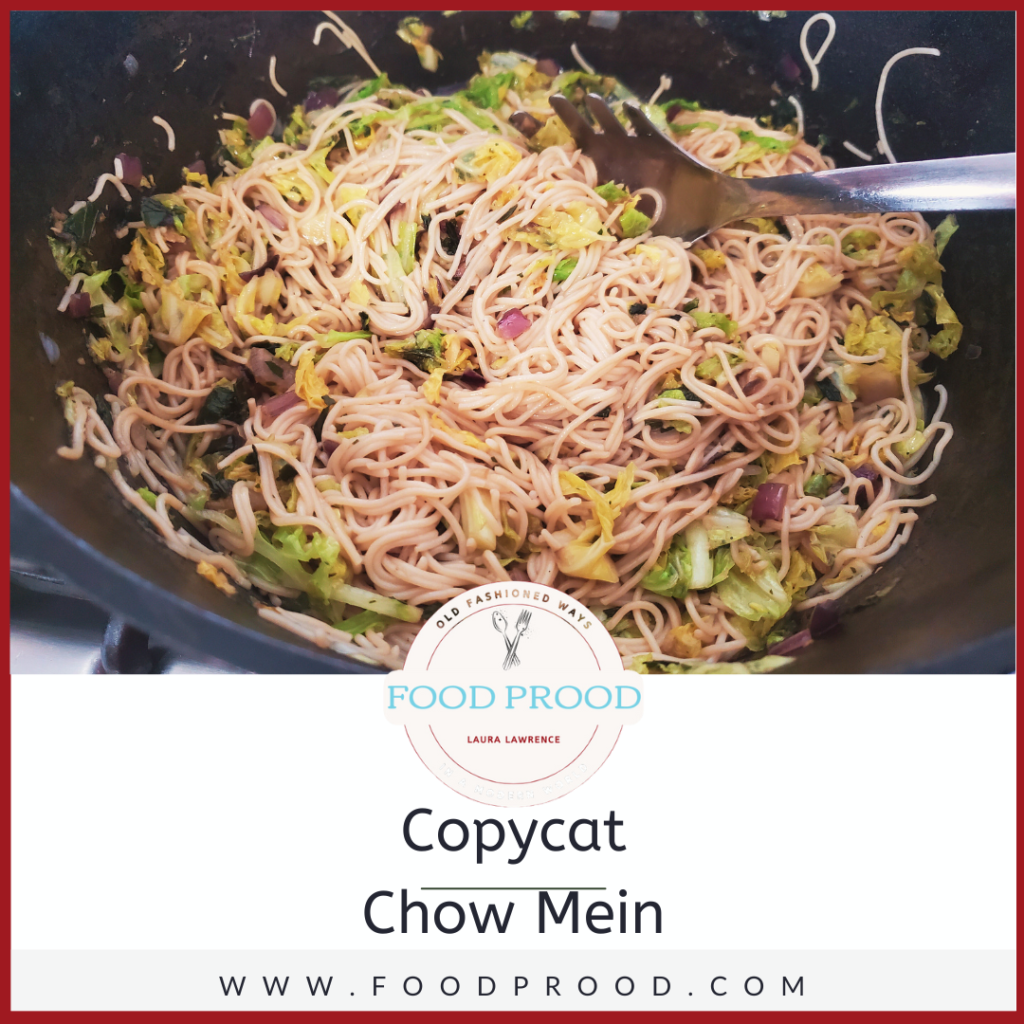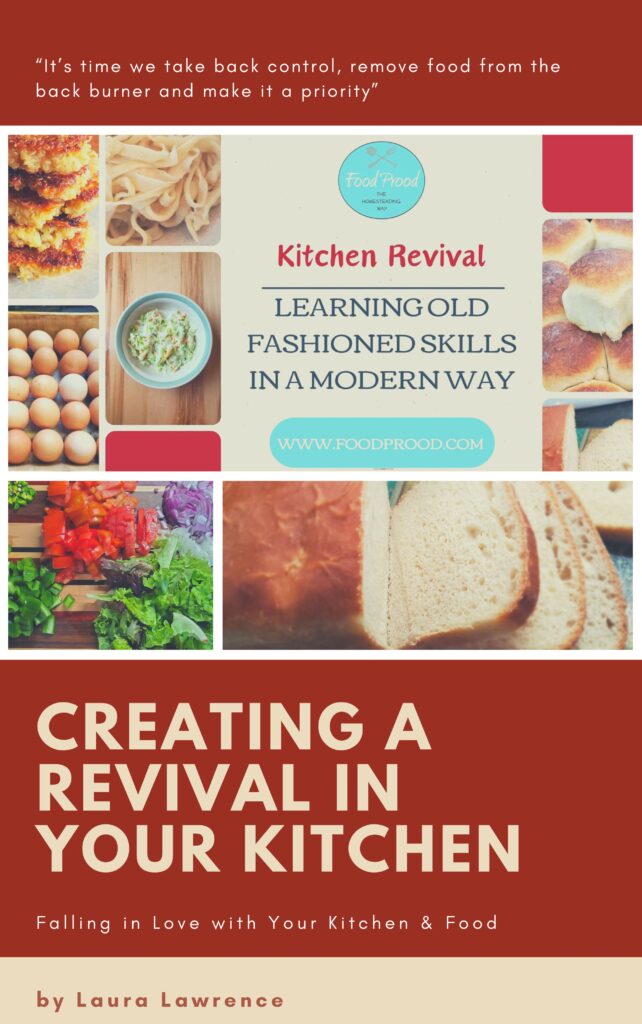Learn how to Make Queso Cheese At Home

I really enjoy this cheese; it melts really well especially on top of nachos. Mmmmm nachos! And as far as cheese making goes this one is a much simpler one than say a Cheddar cheese. Best part is you will not need anything special like a cheese press, rennet, or coagulant to make this simple cheese. It’s a great one to get started with.
Another one I recommend getting started with is Ricotta Cheese– I call it the gateway cheese. Why? Because once you see how easy cheese making is you’ll want to try your hand at all different kinds of cheese, like I do.
What to use this cheese with? It’s great on nachos along with another type of cheese if you have it, like cheddar. Lay out some tortilla chips on a baking sheet, sprinkle cheese on top and top with veggies or leave plain. Broil for 5-6 minutes and you got yourself a real treat. Or this goes great on Tacos or Carnitas.
If your interested in learning how to make other cheeses like my Farmhouse Cheddar please visit my Online Course which is loaded with a full color step by step work book, plus videos to make all my favorite cheeses! For example Feta, Mozzarella, Farmhouse Cheddar and more! You’ll find that I like to do a lot of different things but nothing that is ridiculously hard or time consuming.
You can view ALL my Cheese Resources like my favorite salt, cheese press, rennetts and more HERE!
So let’s start making cheese together! You can use Whole Milk or my favorite is Organic Raw Milk
Ingredients:
- ½ Gallon Whole Milk/or Raw
- 2/3 Cup Vinegar
- 1 ½ Teaspoon Salt (Redmond’s Real Salt is my Fav!)
Directions
- In a pot large enough to hold the ½ Gallon of milk plus room to stir, slowly bring the heat up over medium heat to 170 degrees F, stirring constantly to avoid burning.
- When milk reaches 170 degrees F, turn off burner and stir on the vinegar. Stir a bit to incorporate but not too much. Allow it to sit and cool, around 30 minutes.
- Using a knife break up the curds gently and remove with a slotted spoon to a colander (either a fine mesh or use cheesecloth lining over a colander either way this needs to be over a large bowl to catch the whey. Mix in the salt with your hands.
- Next gather up the edges of the cheesecloth and allow to drain. I like to move the colander and large bowl to my cupboards and tie the cheese cloth corners around a cupboard handle to drain adequately.

- Allow to drain for about 30-60 minutes. Remove from the cloth and at this point you could just take the disc or ball and place into a container or use your hands and press into a disc for the official look. Transfer to the fridge with a lid until ready to use.
Health Benefits of Fermented Dairy Products

Cultured dairy products contain probiotics and we all know that the more probiotics we consume, the healthier our gut is. A healthy gut will consist of a large diversity of flora and fauna which equates to better digestion, a healthier immune system, and so on.
Where & What to Purchase
Resources Found at:
What are Cultures?
Cheese cultures are a group of specific bacteria strains that are combined in order to make a particular type of chees e. They are also used to help good bacteria in the milk flourish and lead to a more rich and developed flavor. Heat & specific culture’s will tell the milk how to behave and what to turn into. There are two different type’s of Culture’s.
e. They are also used to help good bacteria in the milk flourish and lead to a more rich and developed flavor. Heat & specific culture’s will tell the milk how to behave and what to turn into. There are two different type’s of Culture’s.
Mesophillic vs. Thermophillic Culture’s
- A mesophilic culture will ferment or culture at room temperature without the addition of heat. Temperatures between 60 and 75 Degrees F
- A thermophilic culture needs to maintain a consistently higher temperature in order for those cultures to develop. (Example, yogurt needs to culture between 108-112 degrees Fahrenheit for about 4-24 hours.)
Purchasing Culture’s is a 1 and done!
Once you purchase the cultures you can save the fermented/cultured dairy for the next batch, and use this on repeat over and over again. For example- Once you create the yogurt using the greek yogurt culture you save ¼ cup and freeze it for the next batch of yogurt, and continue doing this every time you make yogurt. Another example, once you create the buttermilk using the buttermilk culture, you save ¼ cup of that and freeze it. Mix that up with a quart jar 2/3rds full of milk and let it sit out over night and then you get butter milk that’s already cultured. Keep the process going! You’ll end up using the buttermilk as a culture in several recipes, so it’s always good to keep this on hand to create your cheeses.

Learn To Make
Why does milk get pasteurized?
For centuries people have enjoyed fresh un-pasteurized milk from healthy animals. However, if the animal has health issues or the milk is handled poorly the milk becomes unsuitable for human consumption.
Milk can meet all of the nutritional needs of a newborn. But, it is also perfect for many non-dairy bacteria that can populate milk quickly if it’s not properly cared for. This can lead to some major health risks when drinking raw milk.
Traditionally, before pasteurization, the procedure was to milk animals daily and consume their milk quickly, because natural bacteria, as well as the un-invited ones, can grow quickly if left at room temperature and some can even grow at fridge temperatures. This natural fermentation is often referred to as clabbered milk, when it begins to coagulate on its own.
When farms were small and milk was consumed quickly there were very few problems. As populations and demand for milk in non-rural areas increased health issues increased.
Over time larger populations grew and herd sizes had to grow in order to keep up with demand. Larger herds often made it more difficult to maintain sanitation standards. Milk borne diseases began to rise as herds became larger and the supply chain became longer and longer. This is when the scientist Louis Pasteur stepped in with his pasteurization process.
By the early to mid 20th century, much of our milk was being pasteurized due to milk causing health issues. With pasteurization and better standards of sanitation, large scale milk distribution quickly became safer.
Today, milk could not travel and sit in a store for the period of time it does without pasteurization.
How does milk get pasteurized?
During pasteurization milk is heated to at least 162F for 16-20 seconds in larger dairies or 145F for 30 minutes for small farms before chilling.
Higher temperature methods also exist, some dairies go beyond 168F, but this can sometimes be problematic for developing a good curd when making cheese. If your curd breaks into small grains when you try to cut or stir it this is a likely caused by overheated milk.
The final pasteurized milk is not sterile but has had most of the pathogenic bacteria removed through heat treatment. The downside of pasteurizing is that it destroys some of the beneficial enzymes as well as the good dairy bacteria and can change the overall flavor significantly.
Why does milk get homogenized?
In addition to Pasteurization, bottling facilities also tend to Homogenize the milk. This process prevents cream from rising while bottled milk is transported and placed on a store shelf.
Homogenization shatters and breaks larger fat globules into smaller sizes. This is not normally a problem for cheese making except when the cheese has a longer aging period.
This process can actually make the cheese making process a little easier because it eliminates having to deal with cream as it rises and separates in the cheese vat. It also prevents you from having to deal with varying amounts of butterfat, which means you won’t have to make process changes to compensate.
The downside of homogenization is that the butterfat surface is changed and can become a problem with long term aging of higher fat milks made into cheese.
Uses for the Whey:
(This is the byproduct of cheese making)
My favorite way to use Whey is to ferment the feed for my chickens and pigs. Soak your feed overnight in the extra whey, make sure to completely cover the feed so it doesn’t turn moldy on top.
If you make Farmhouse Cheddar you can use this whey to make sweet whey ricotta which I use in casseroles, taquitos, and wherever else I want a creamy cheese. That recipe is found at the end of the farmhouse cheddar recipe.
If you do not have animals you can use the whey in smoothies or in fermentation of vegetables. Do a quick internet search and you’ll find plenty of ideas!
Choosing The Best Milk
Choose whole milk or raw milk fresh from the farm. Anything that is marked “UHT” which is Ultra High Pasteurized will NOT work. This milk has been heated to such a high temperature that all of the native bacteria and enzymes are completely changed and destroyed. As a result it will not form a curd and will make only a mush resembling ricotta if an attempt is made to make cheese with it.
How to Find Raw Milk:
https://cheesemaking.com/tools/good-milk-list

References/Resources
Melissa K Norris
New England Cheese Making Company
Culture for Health







